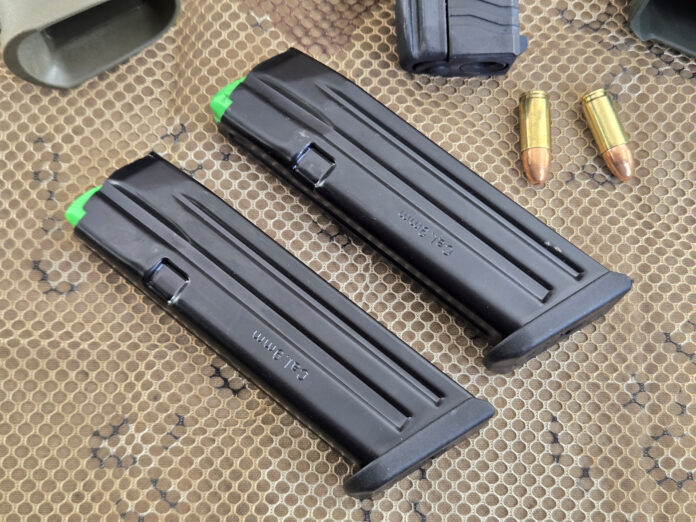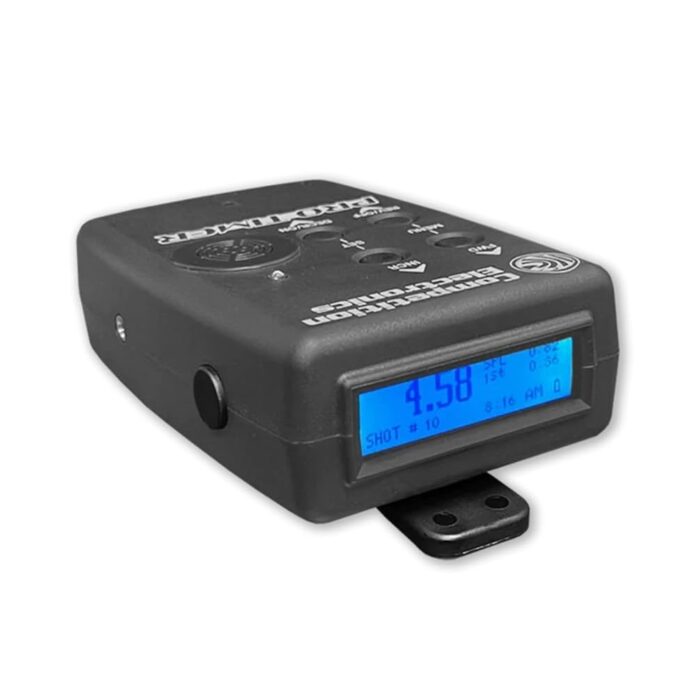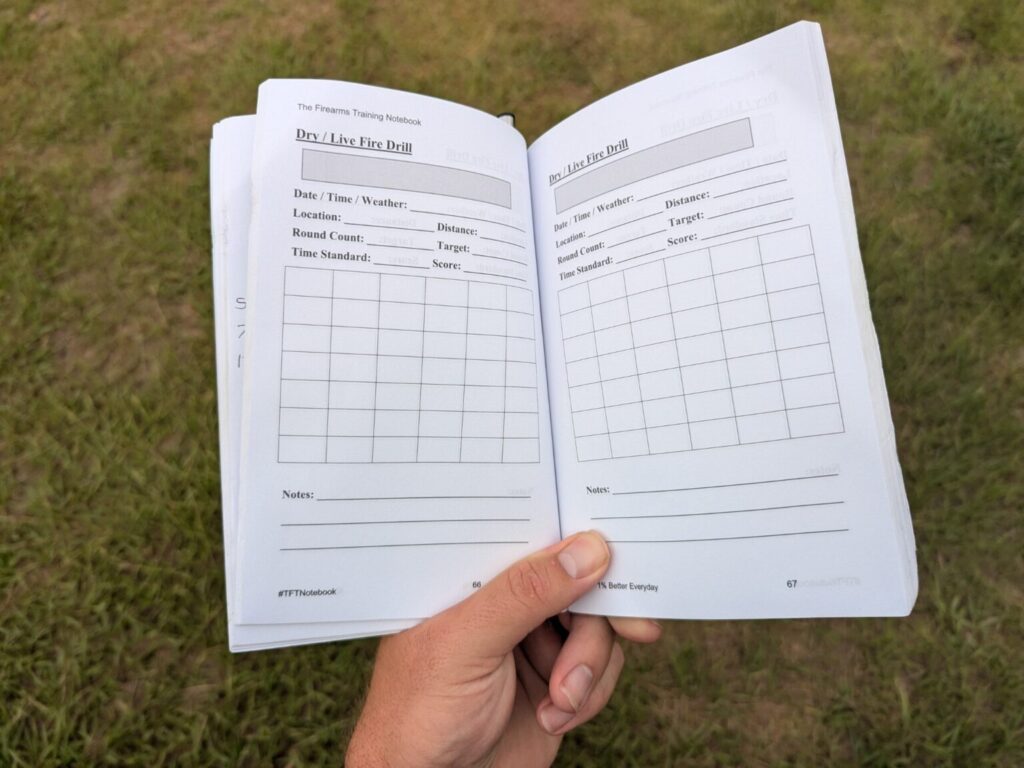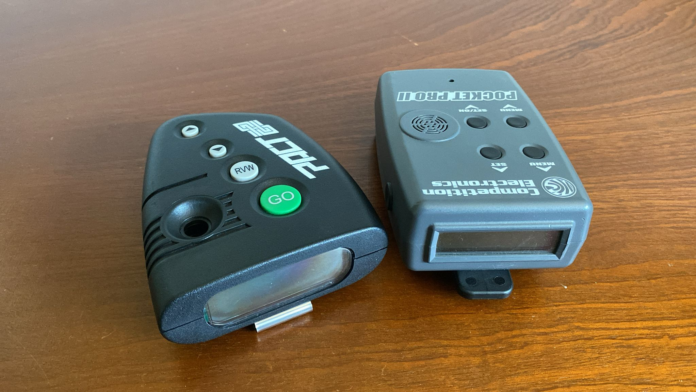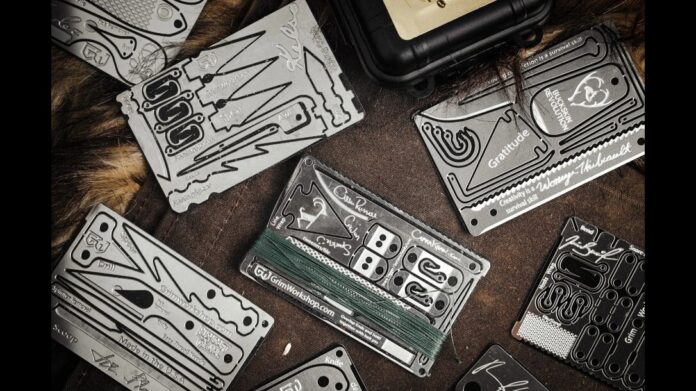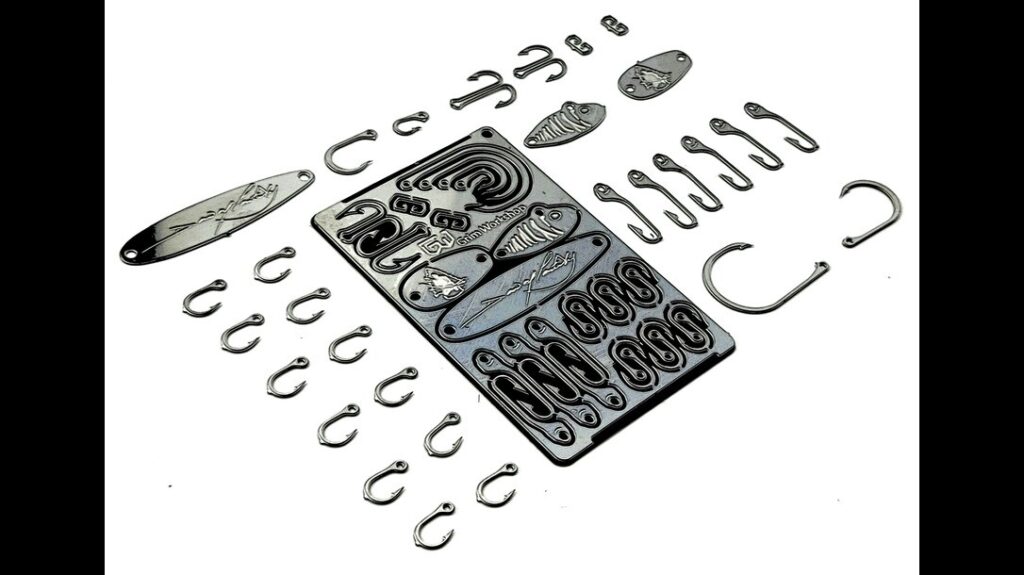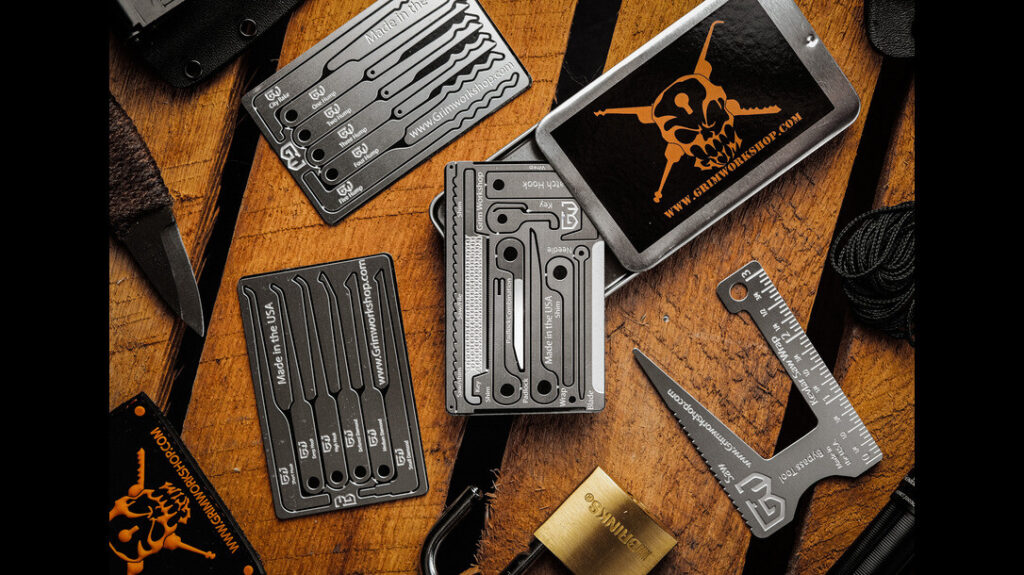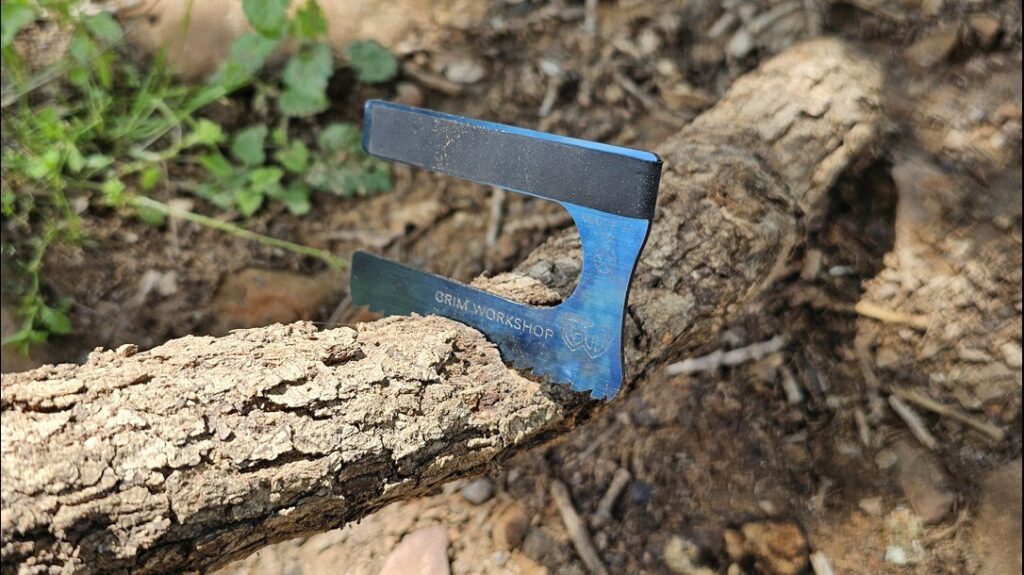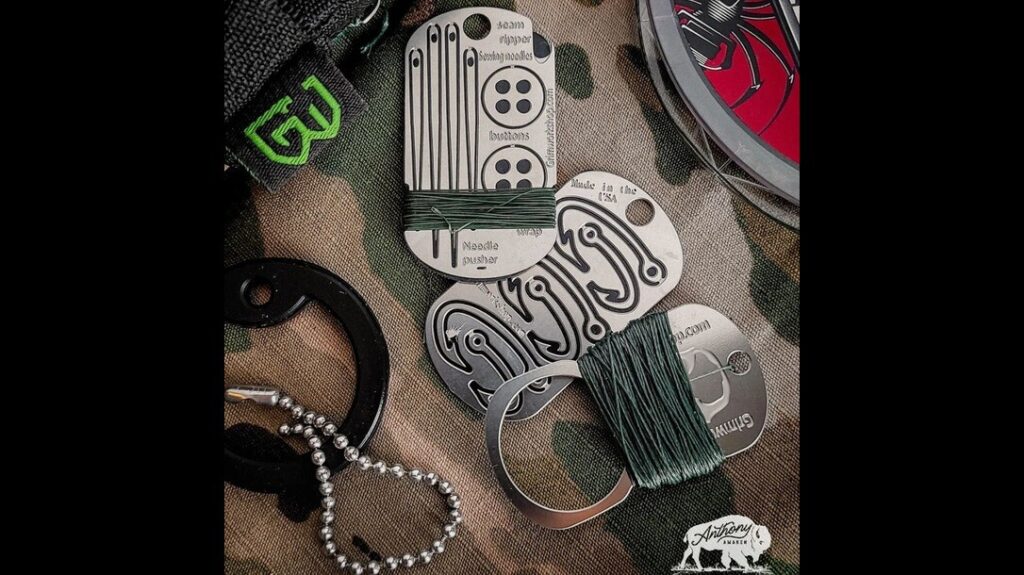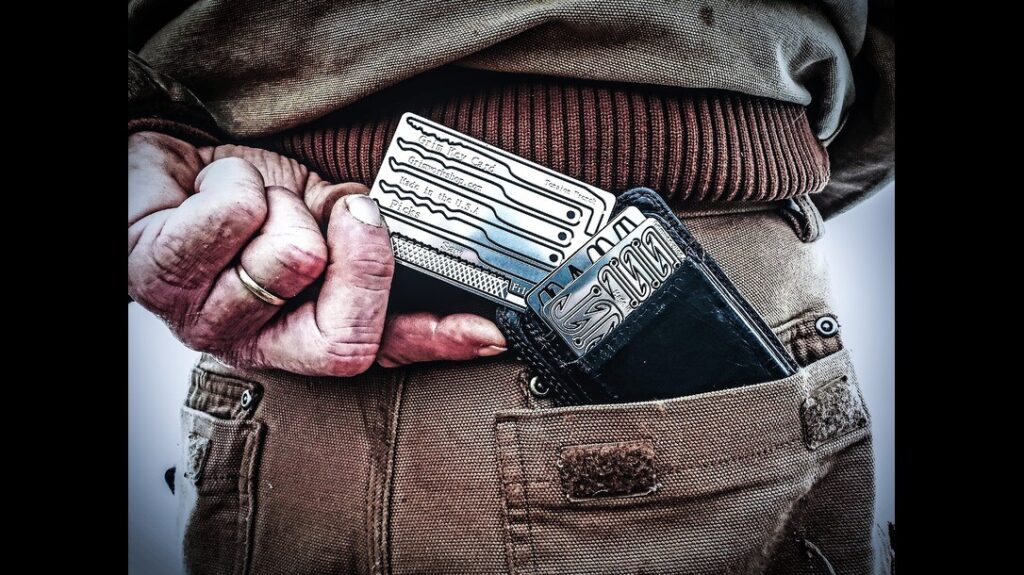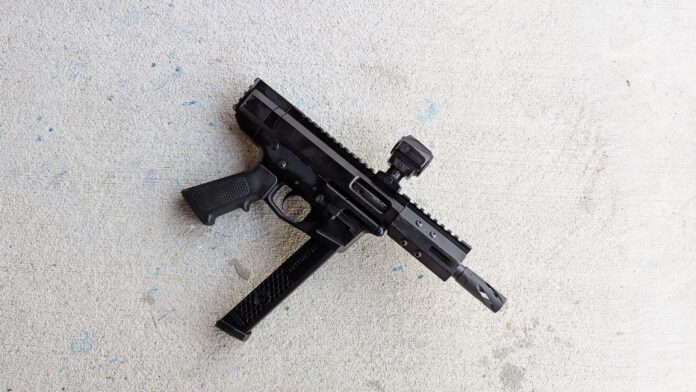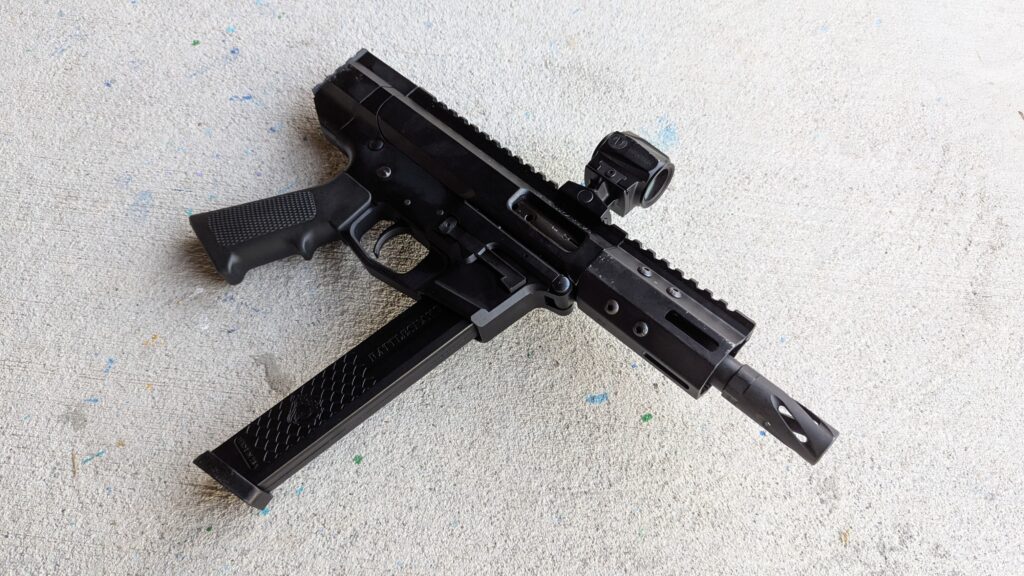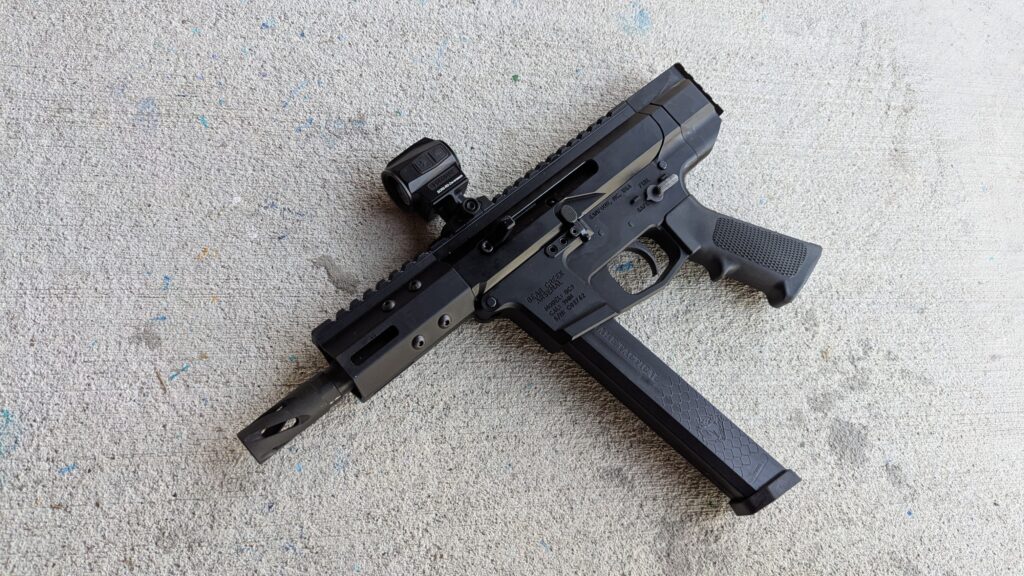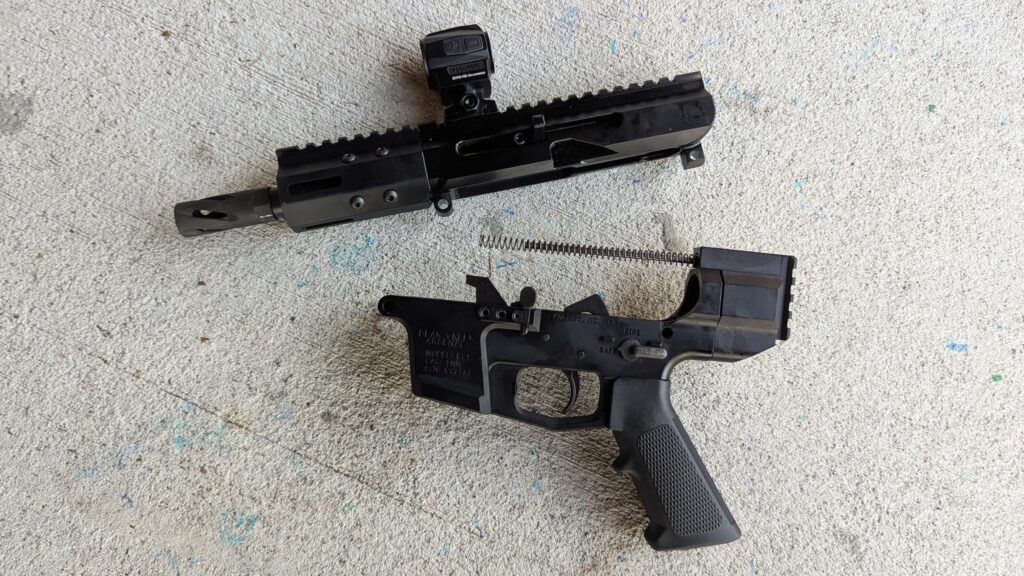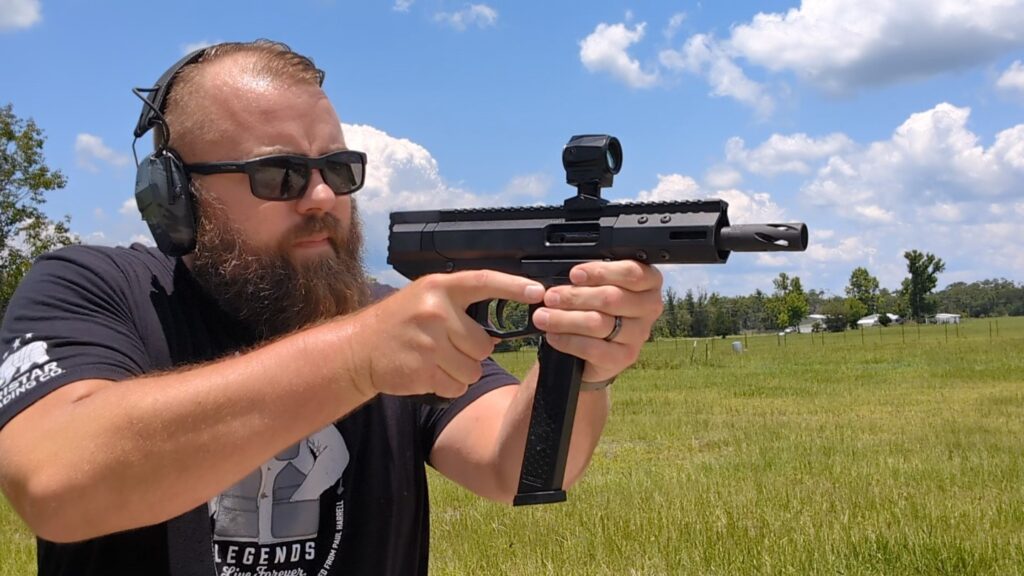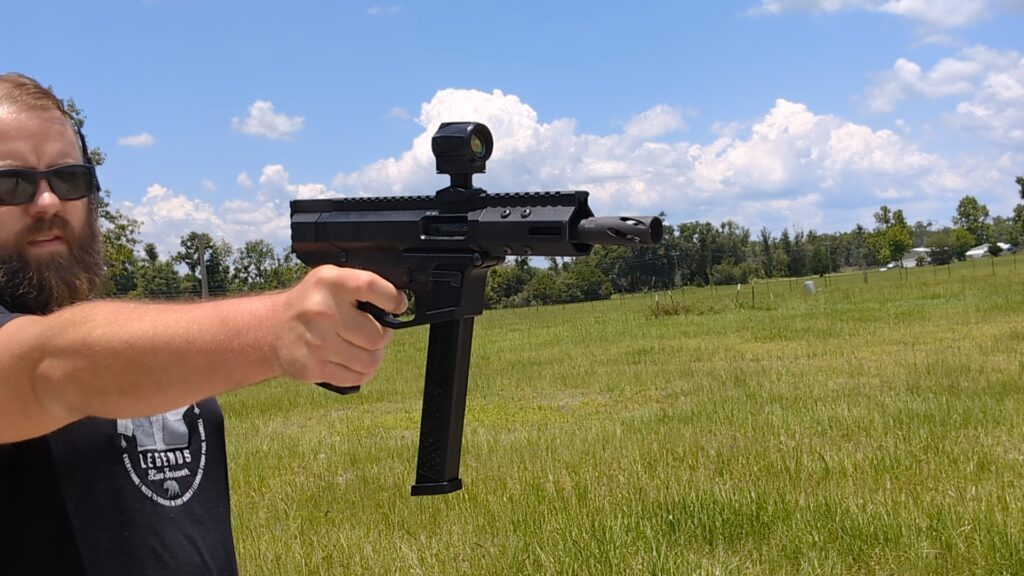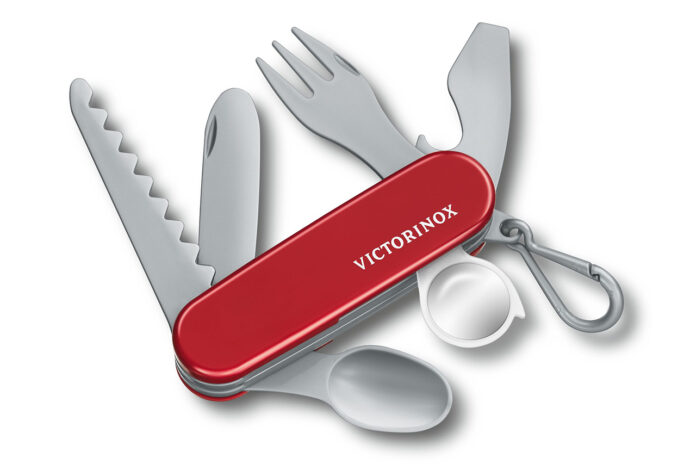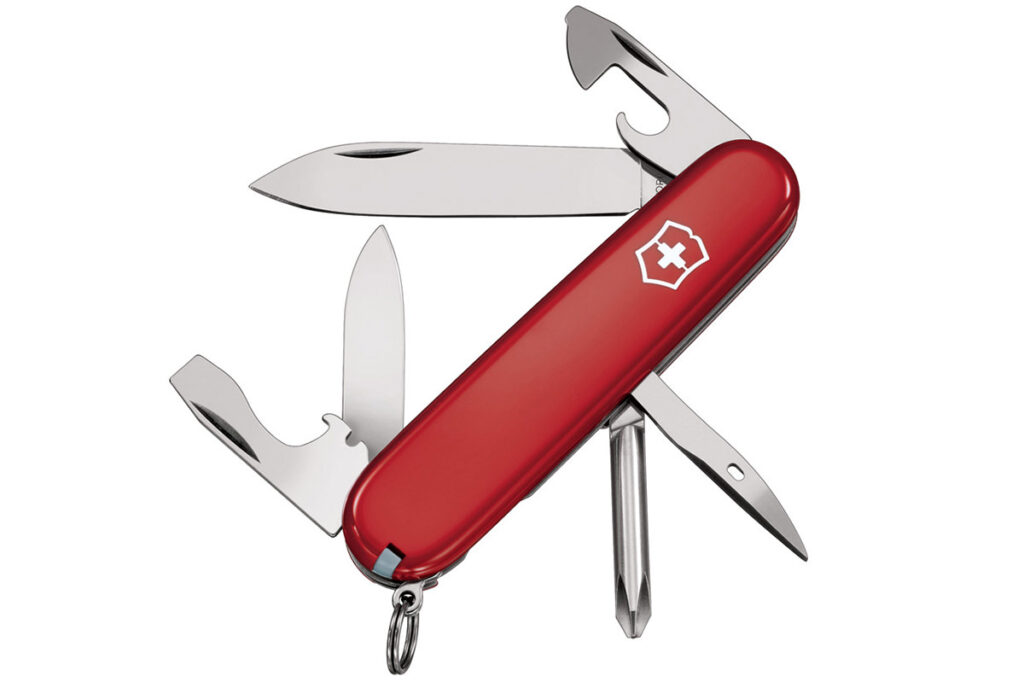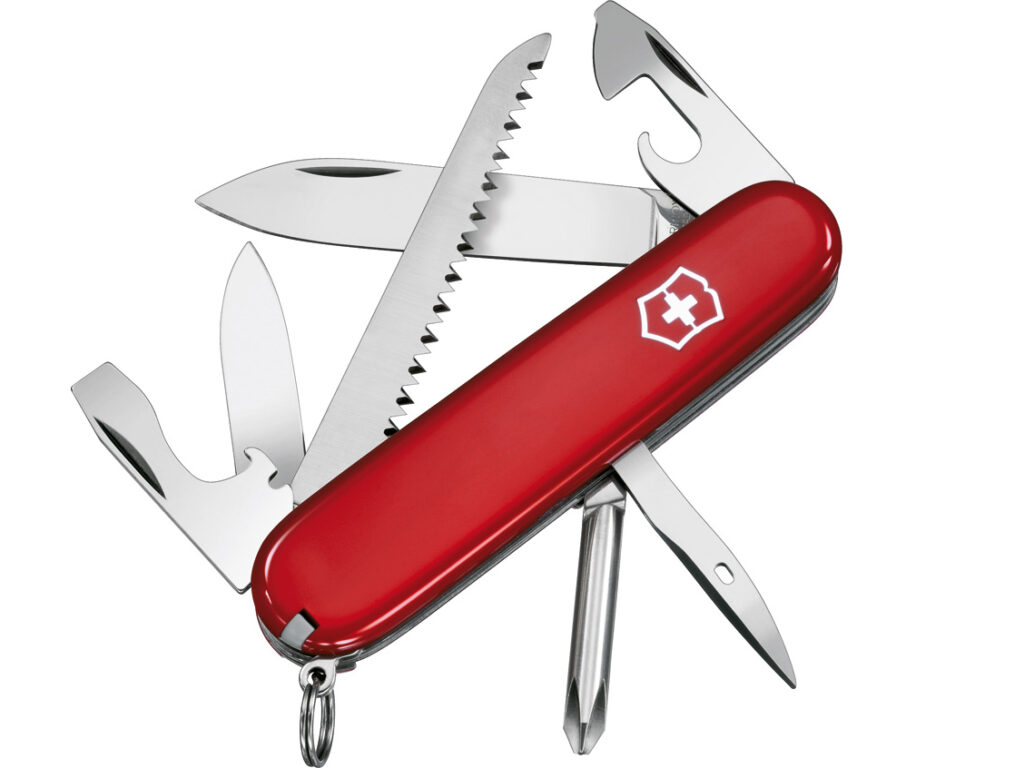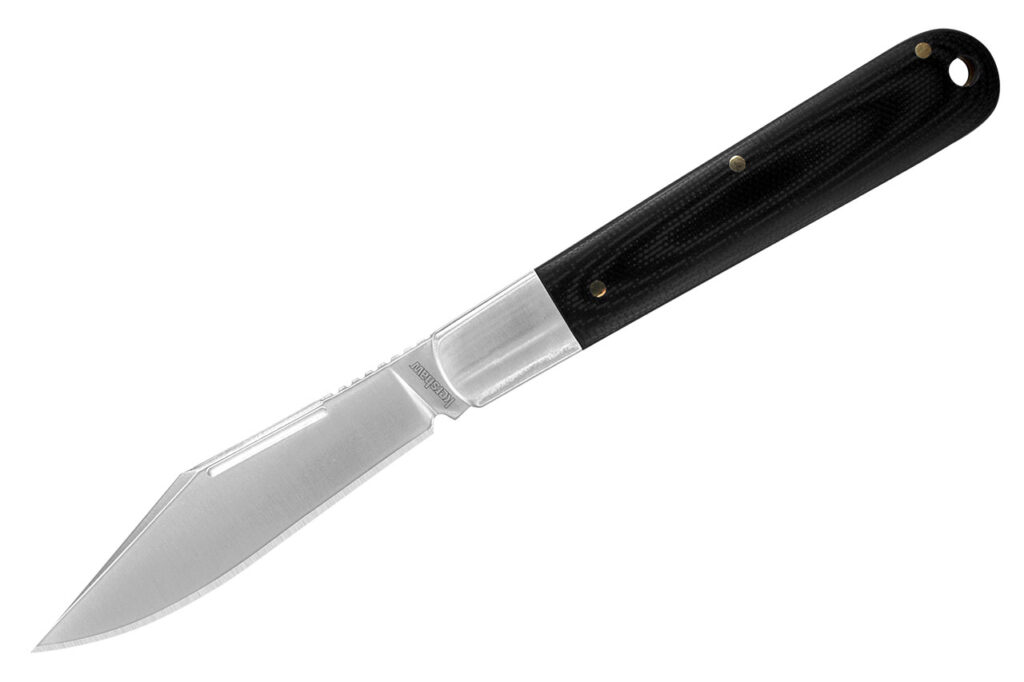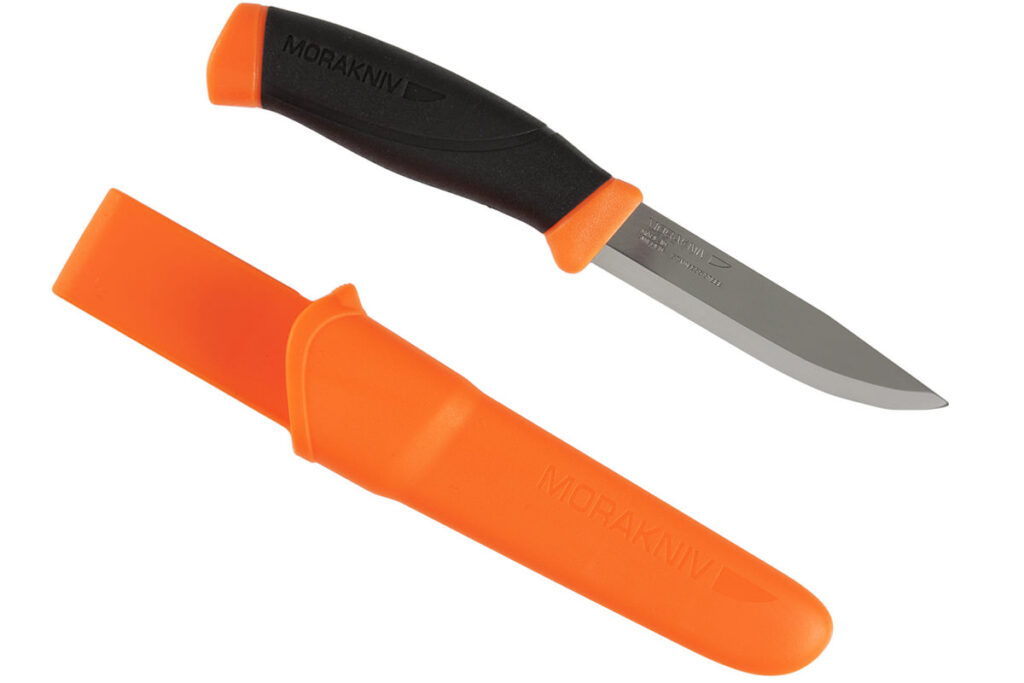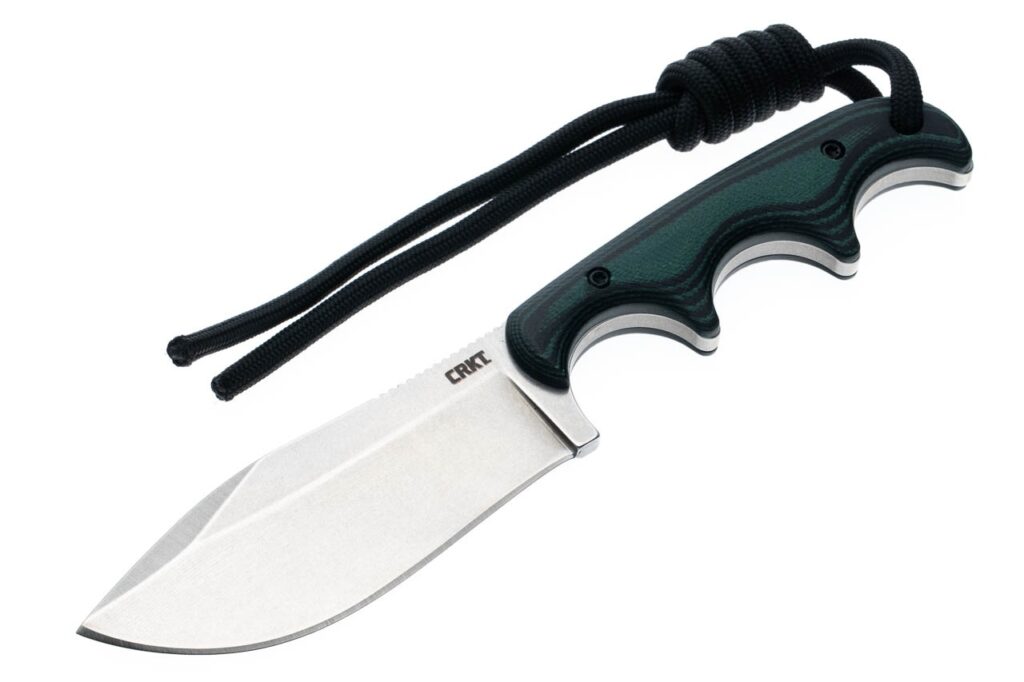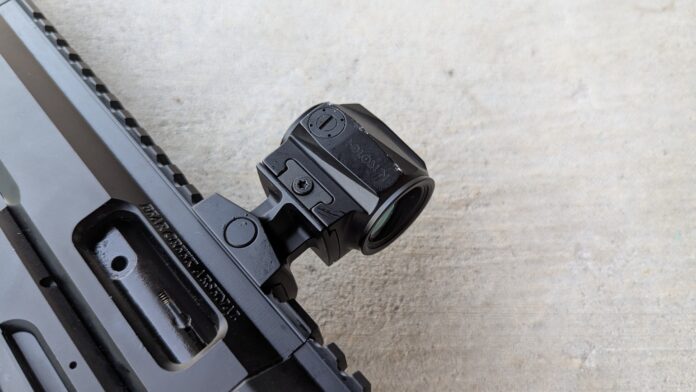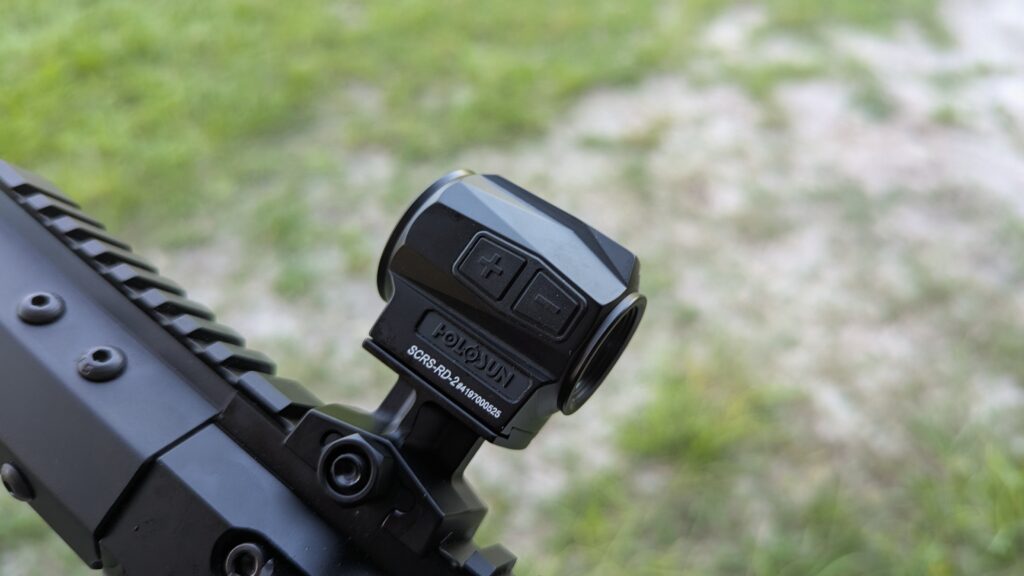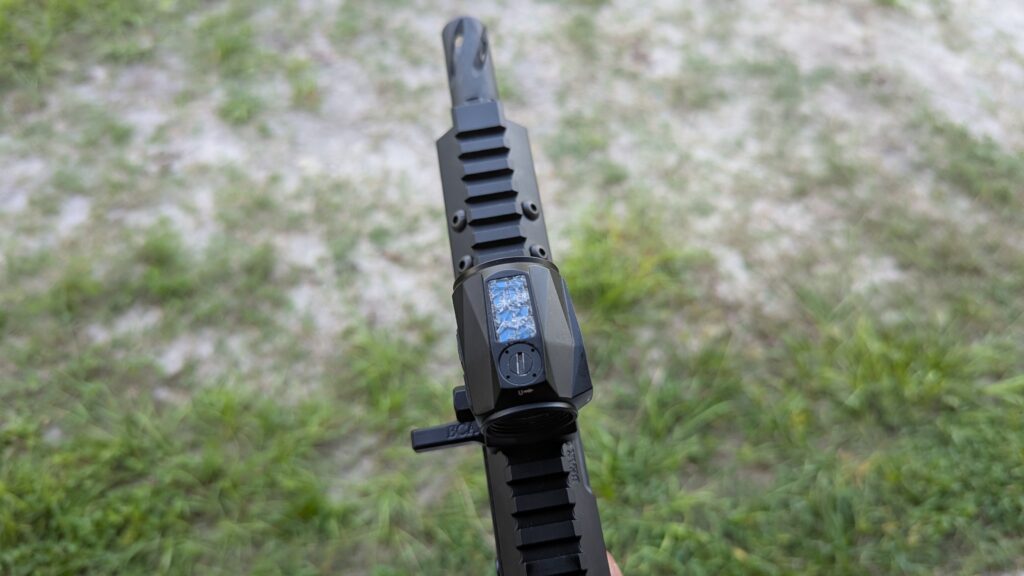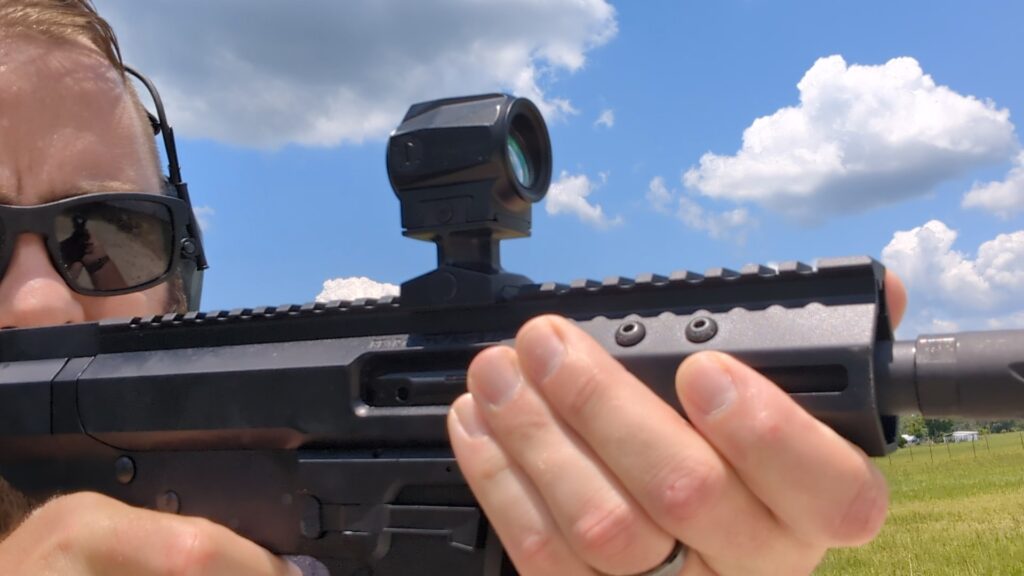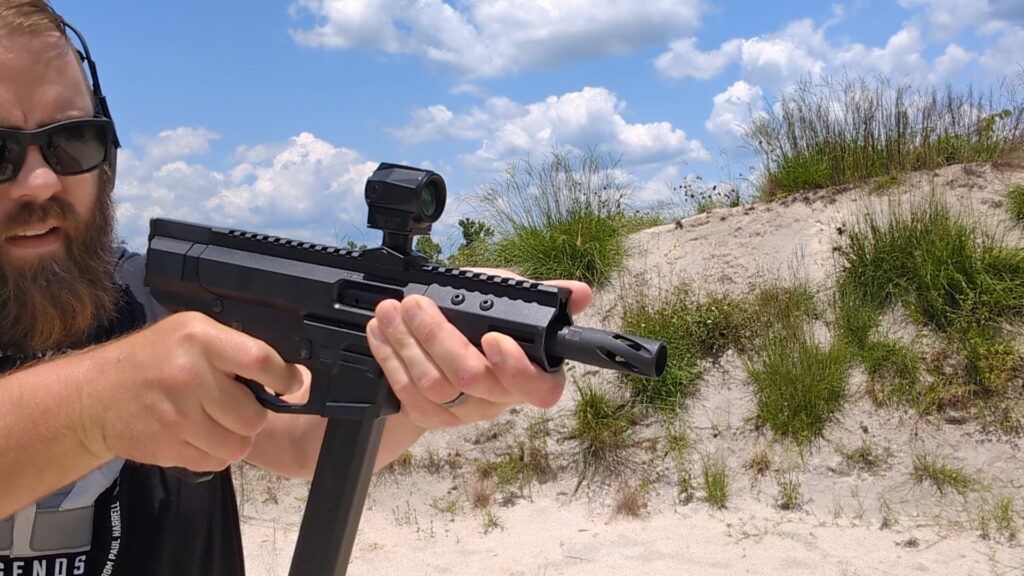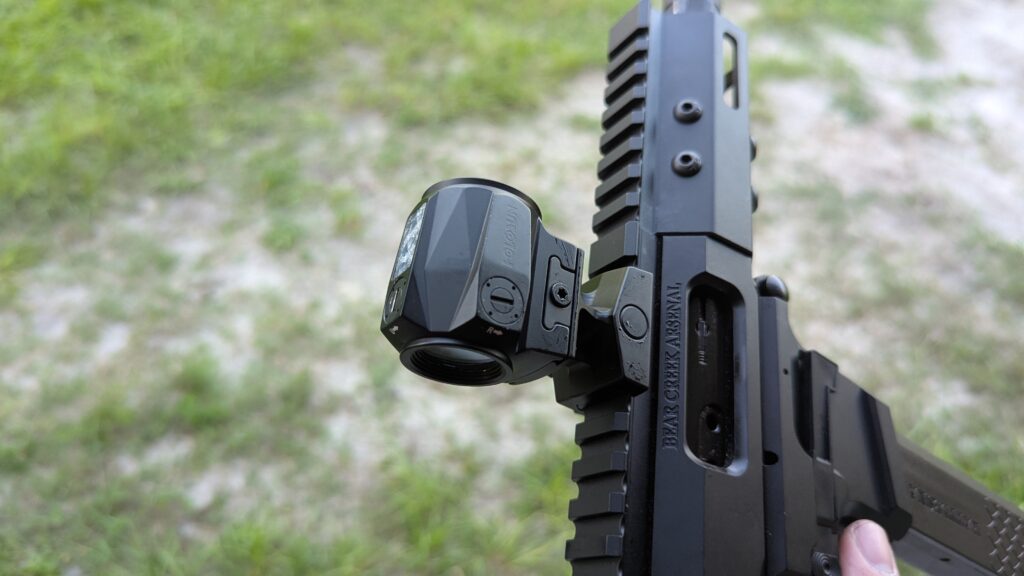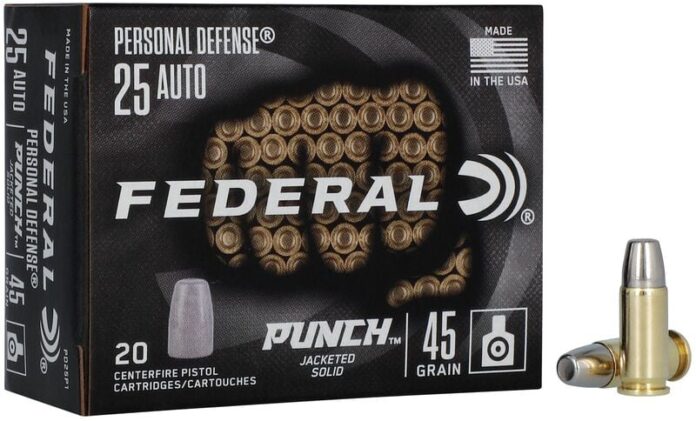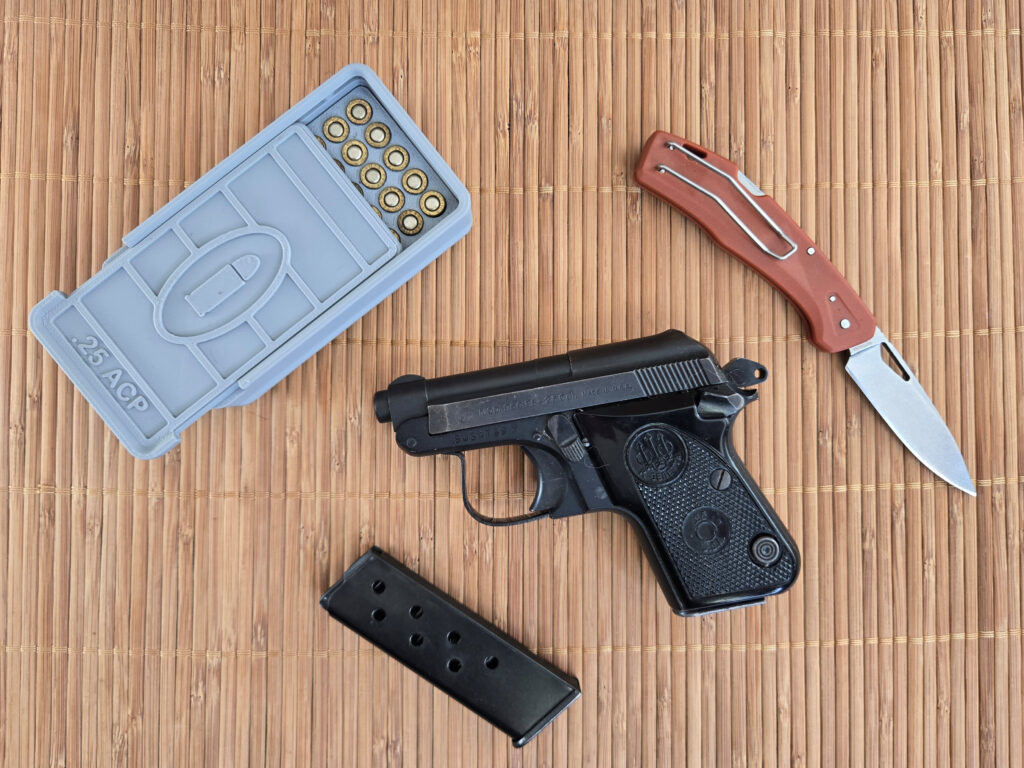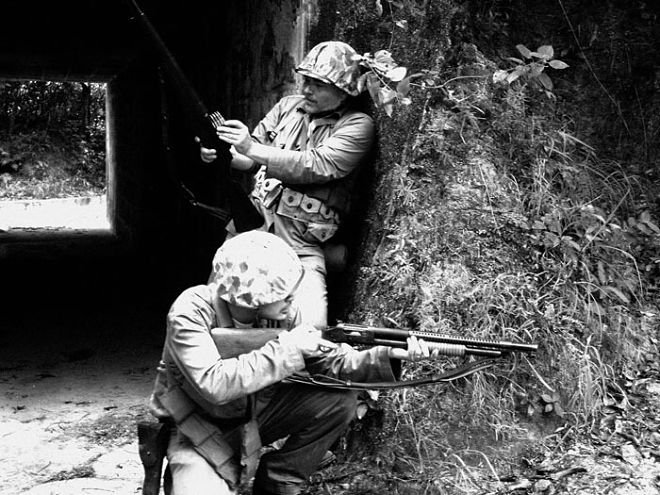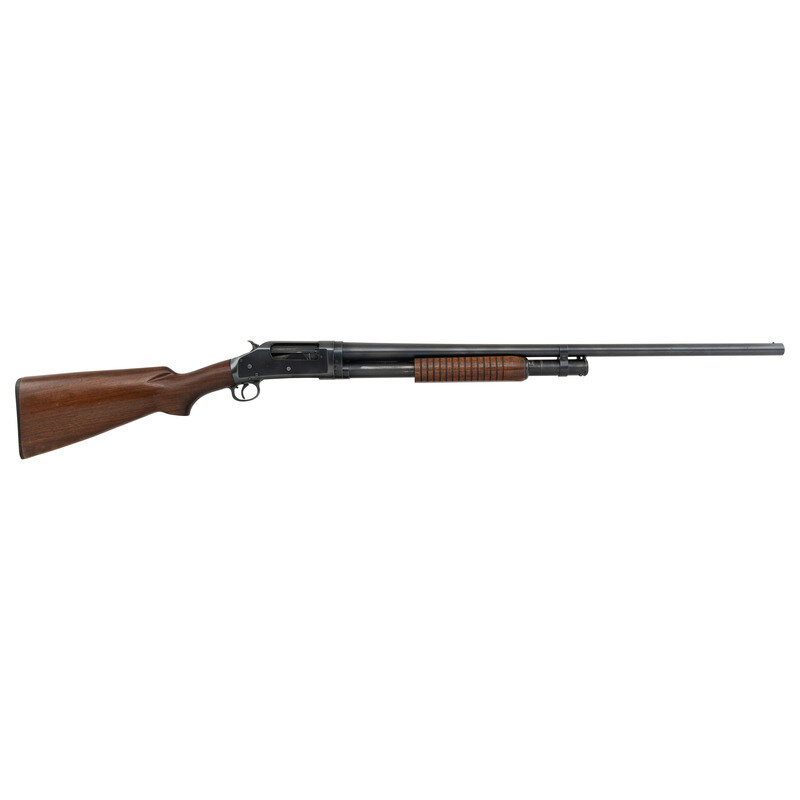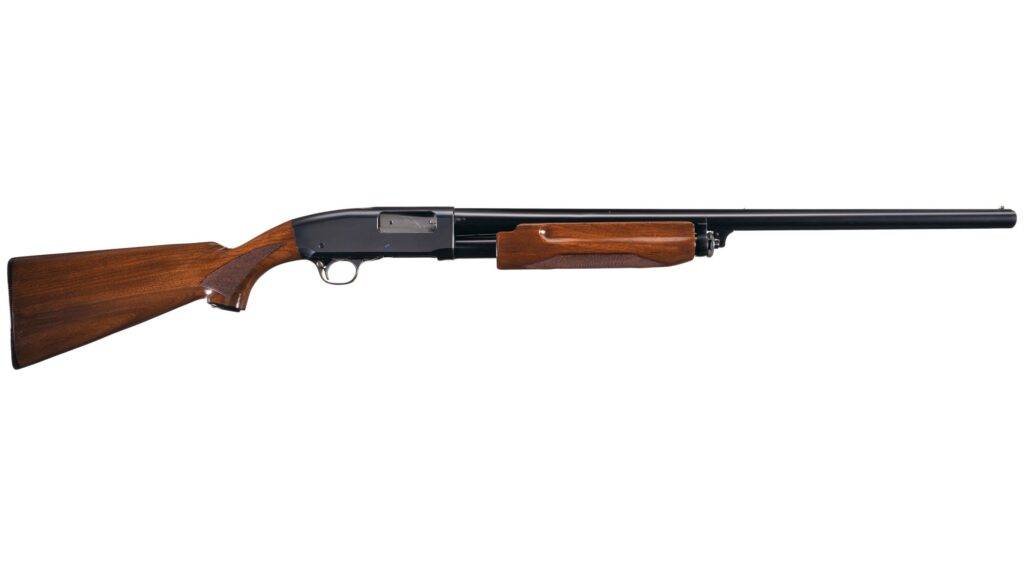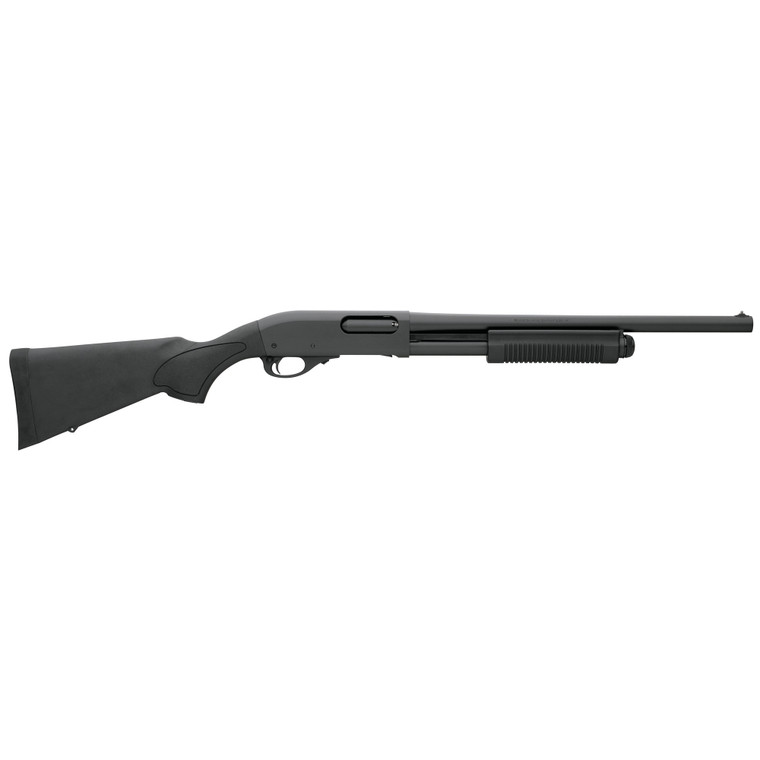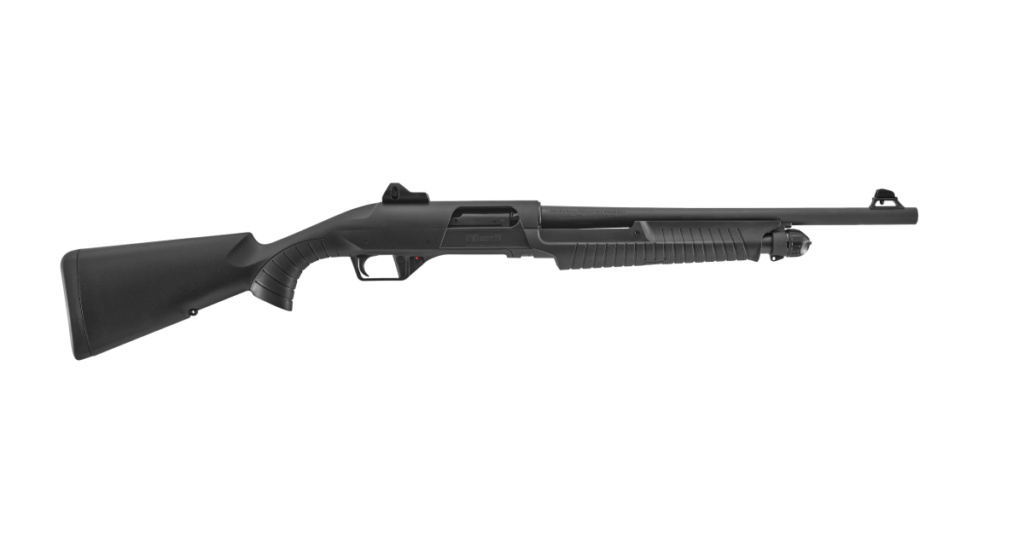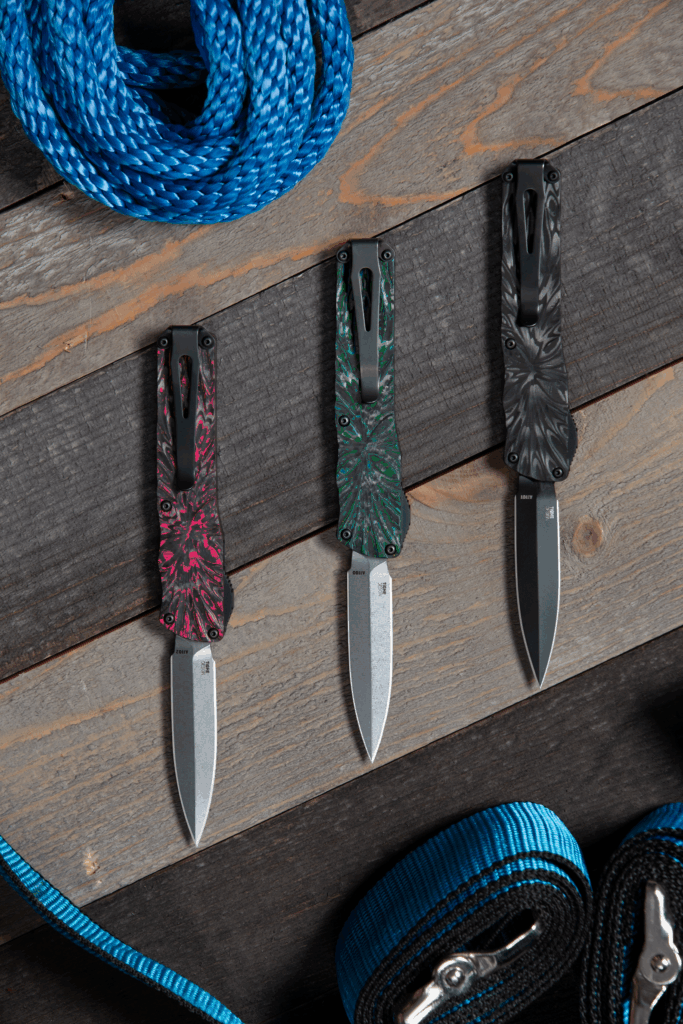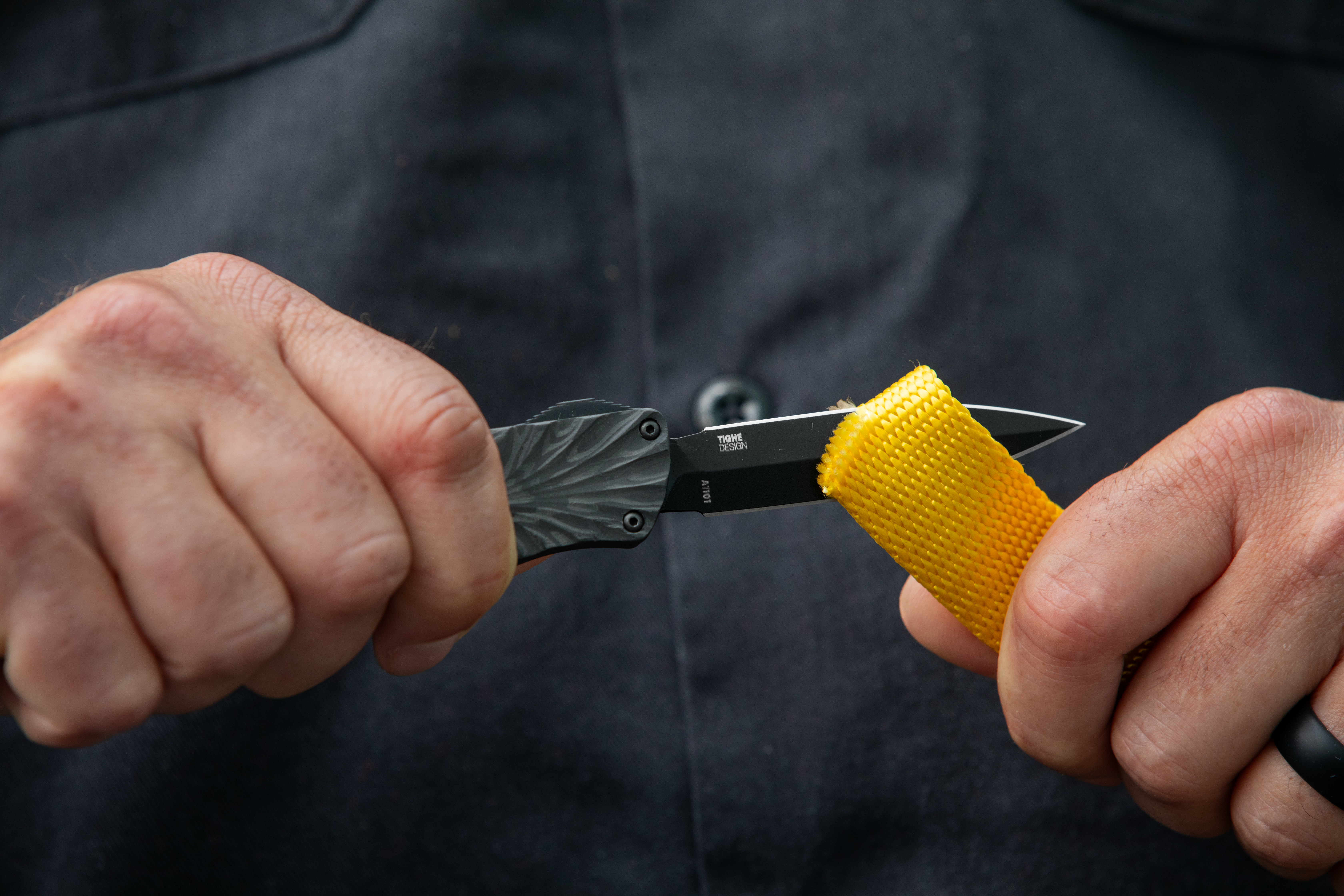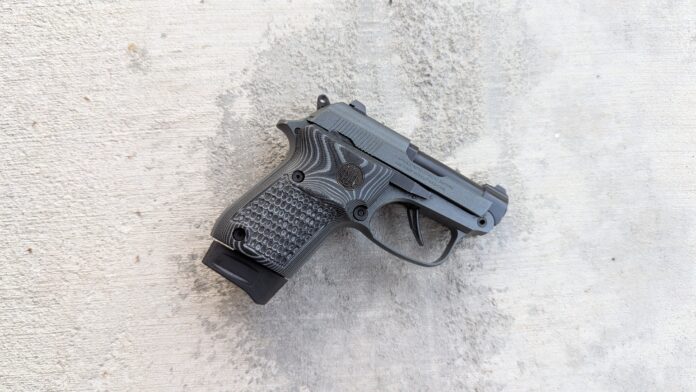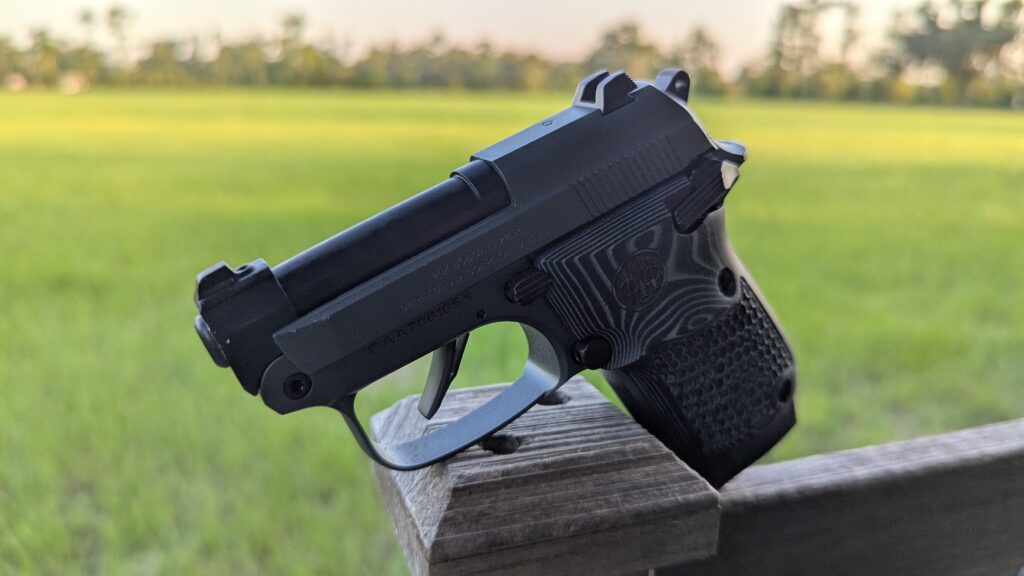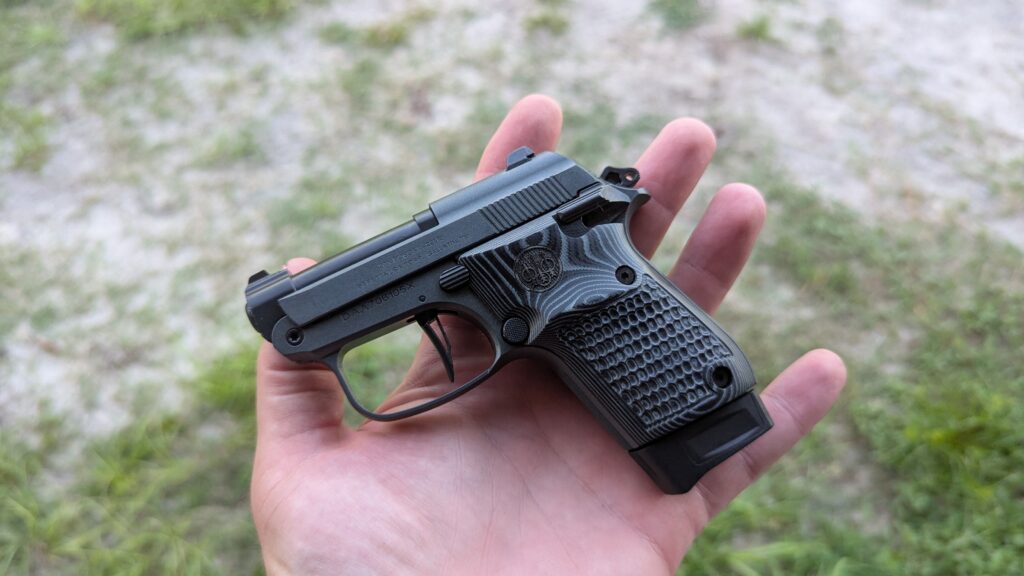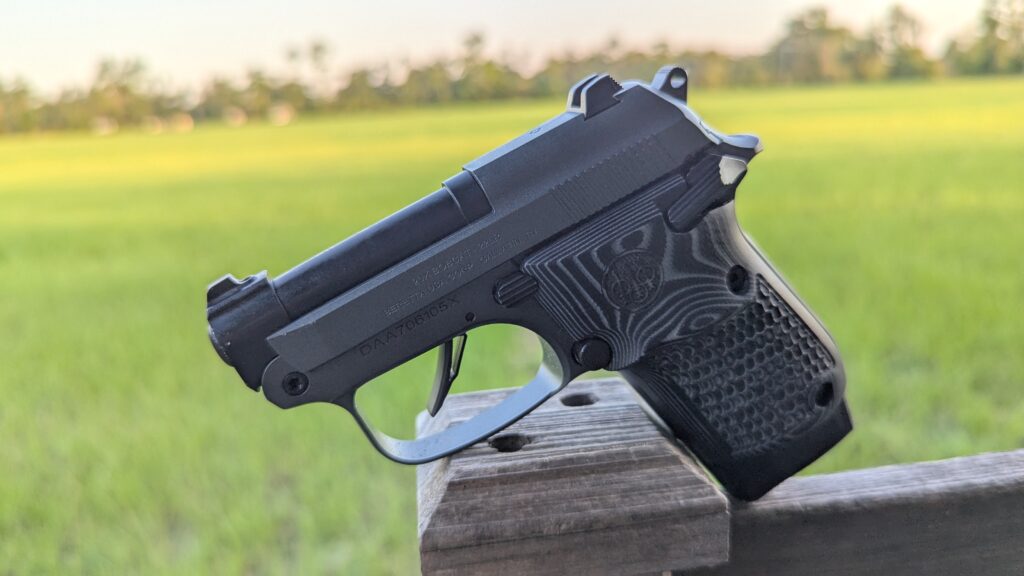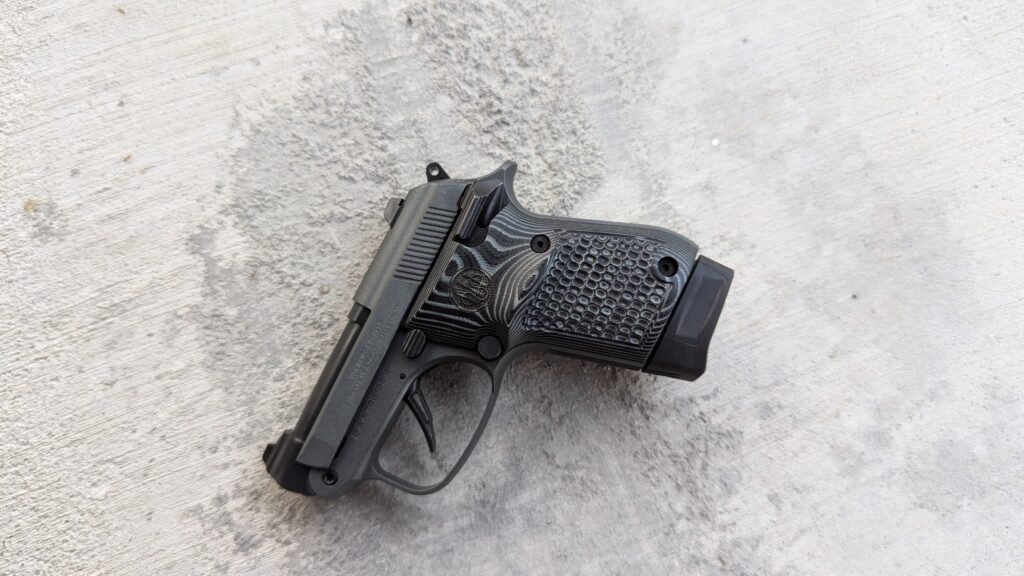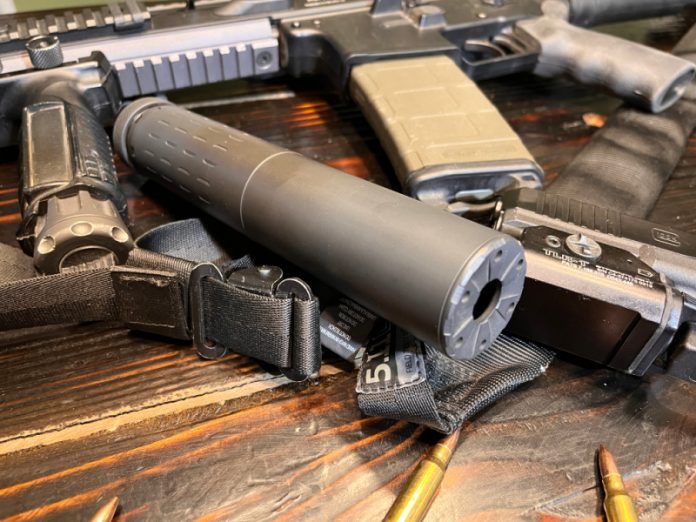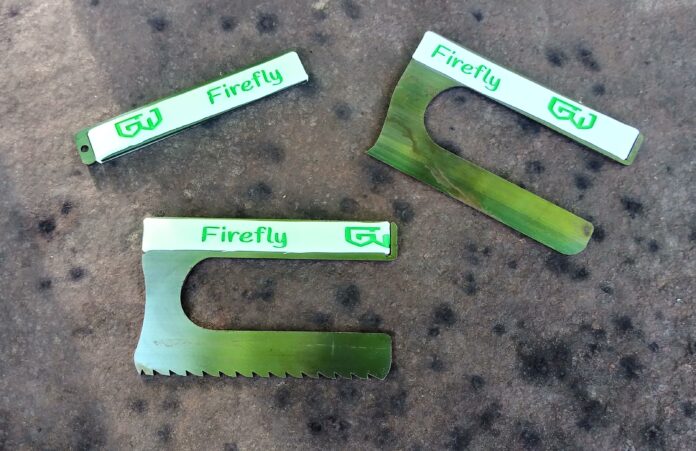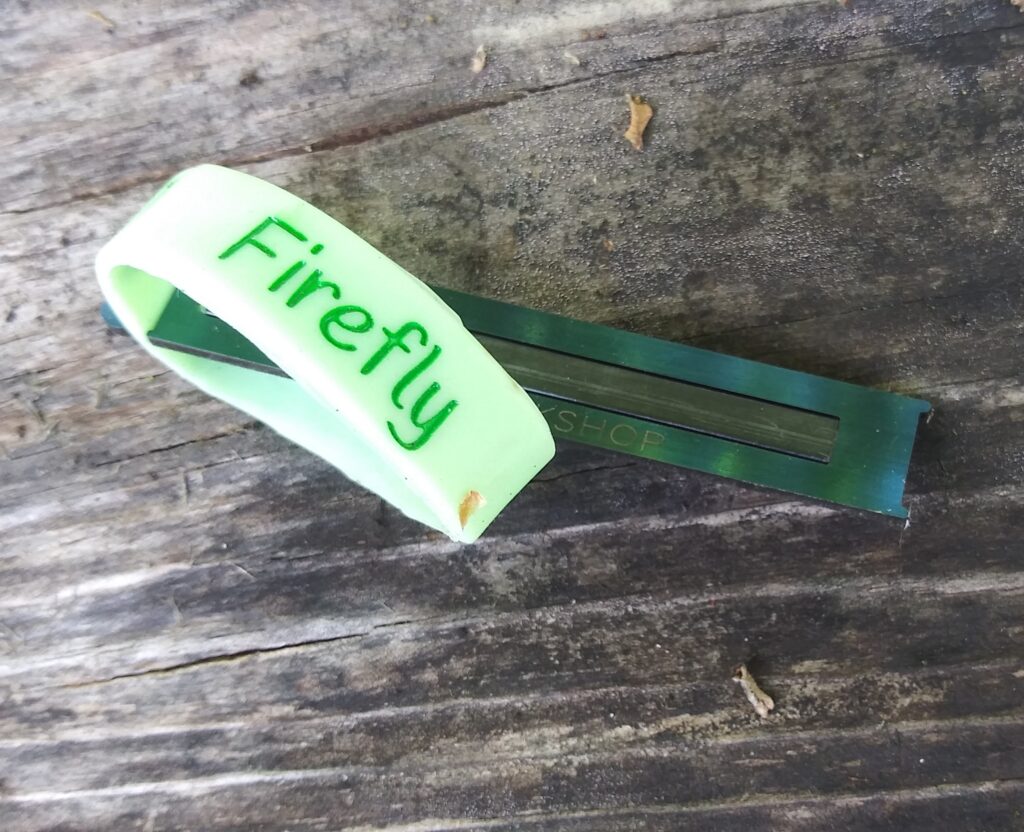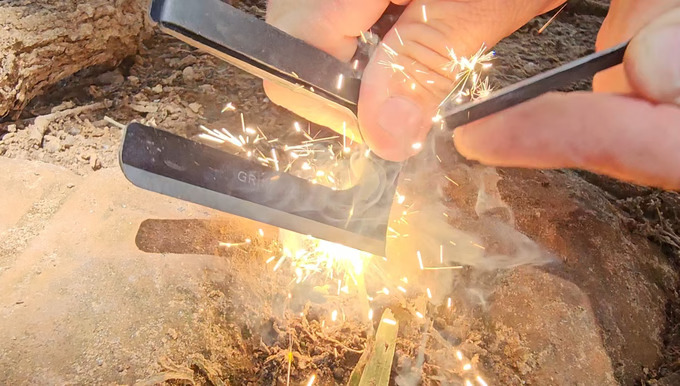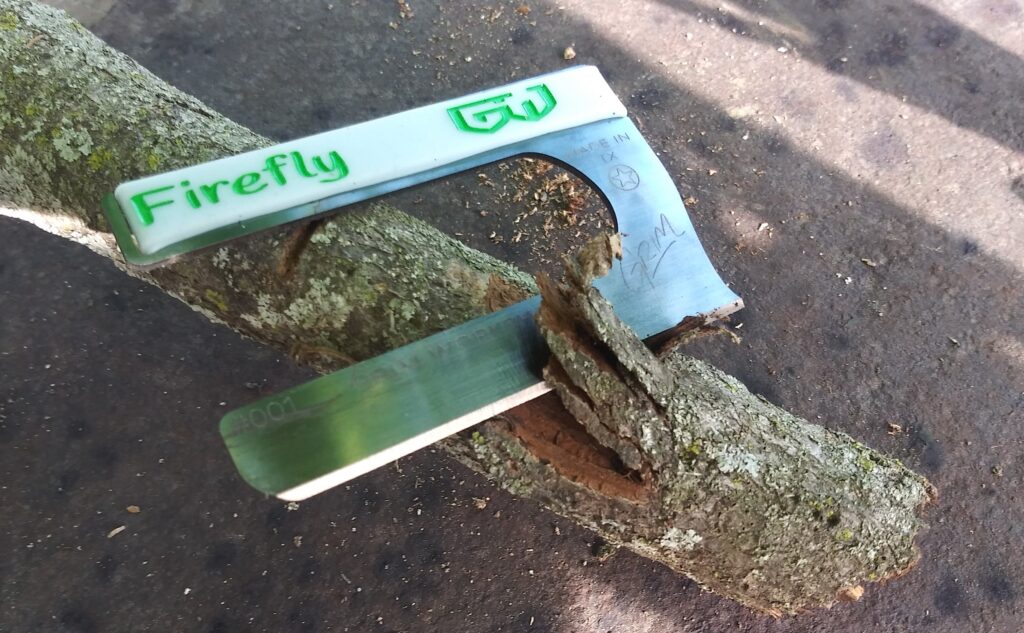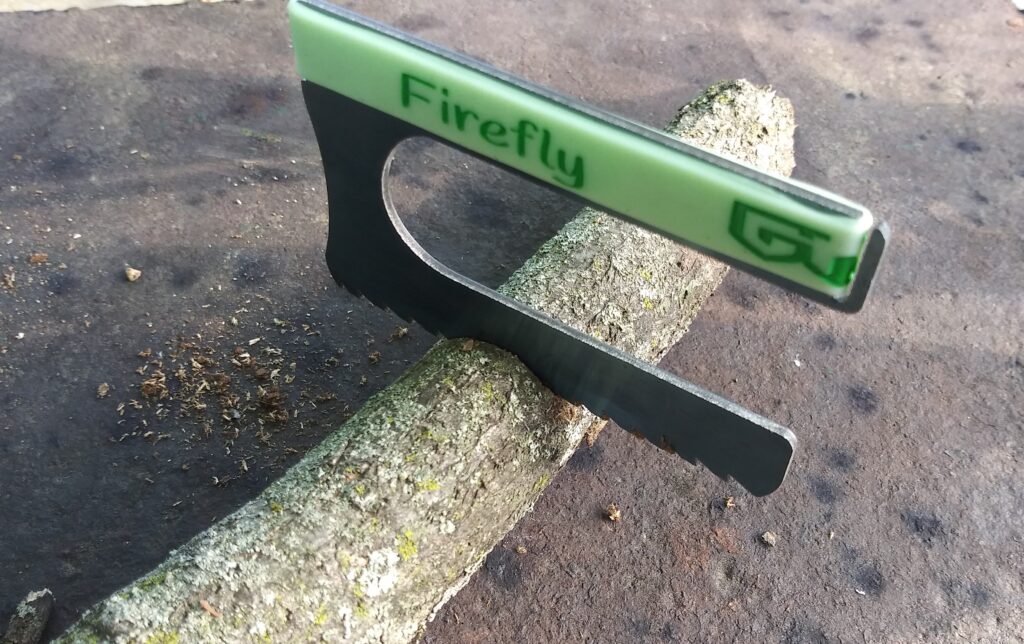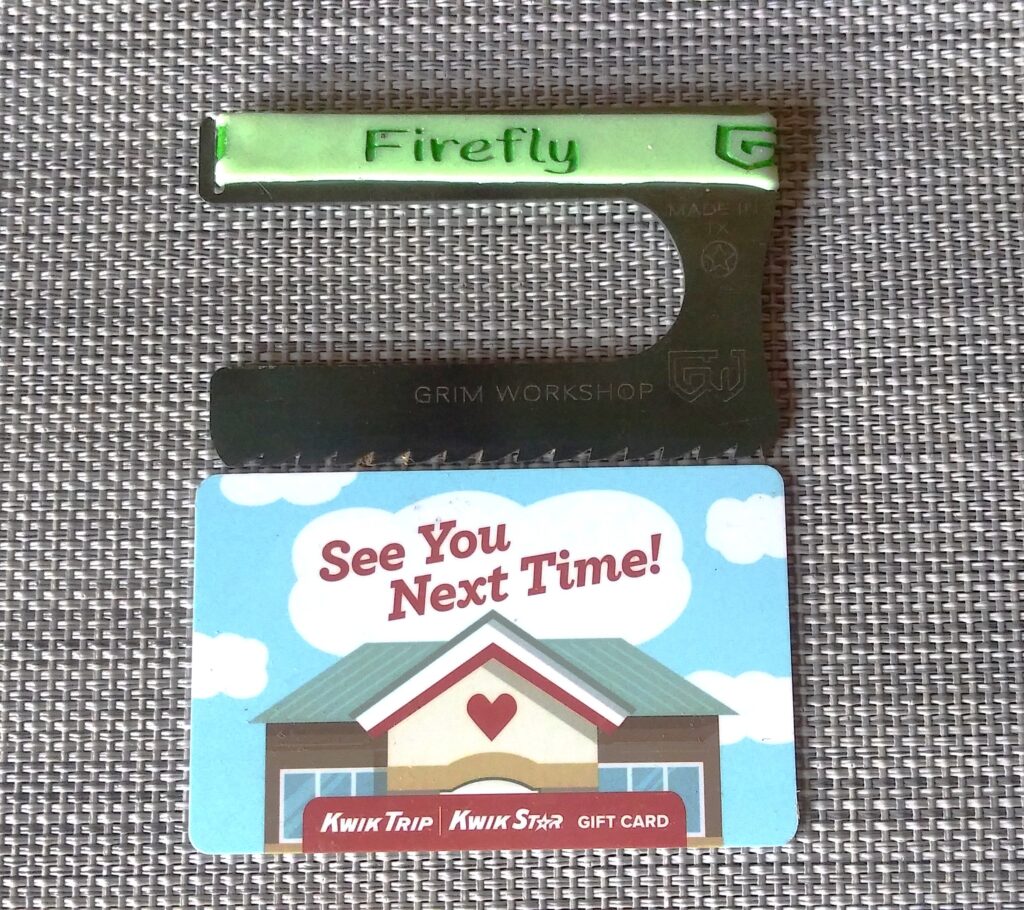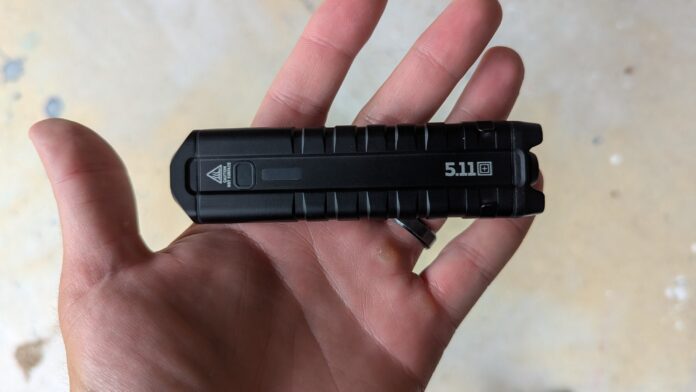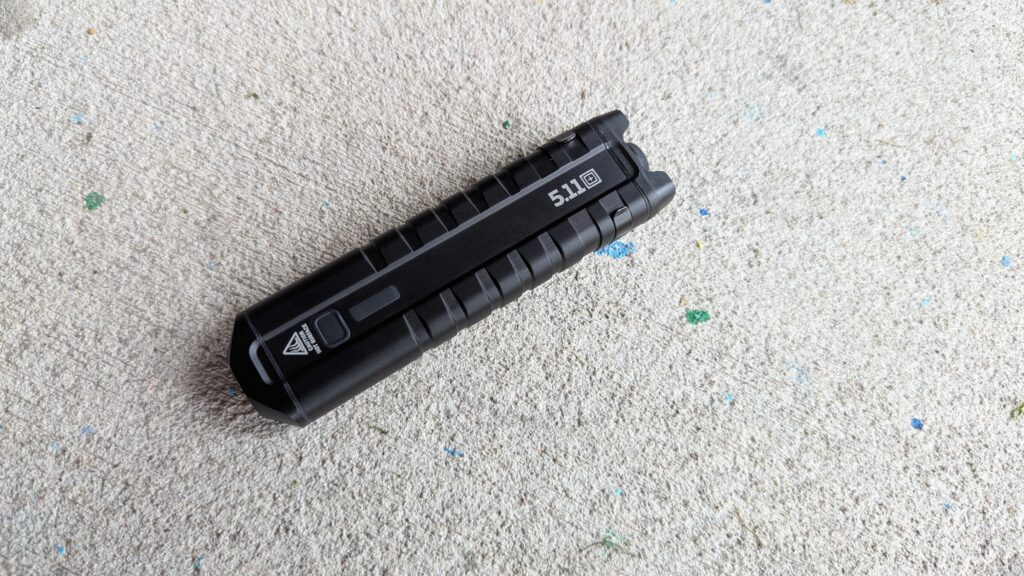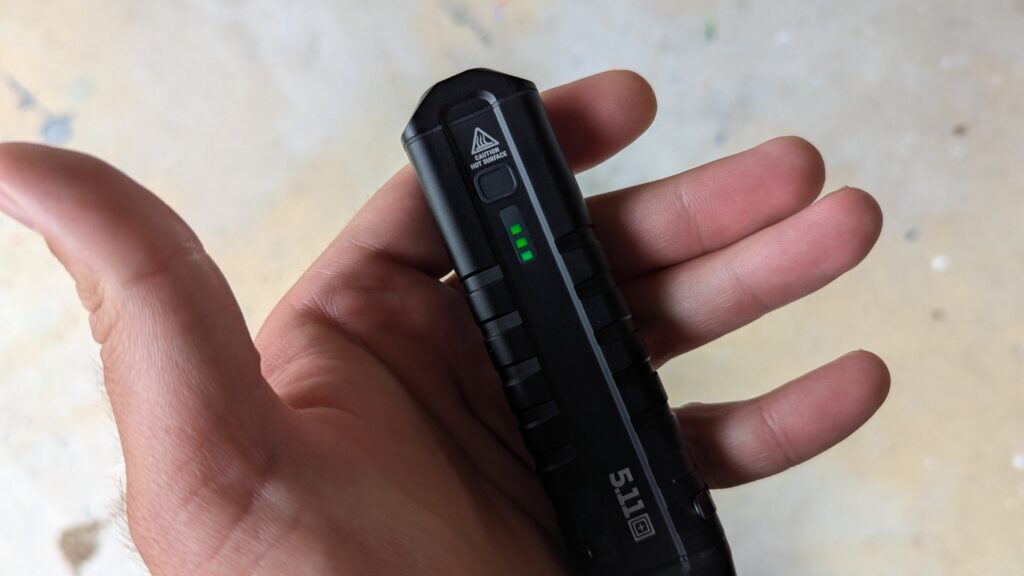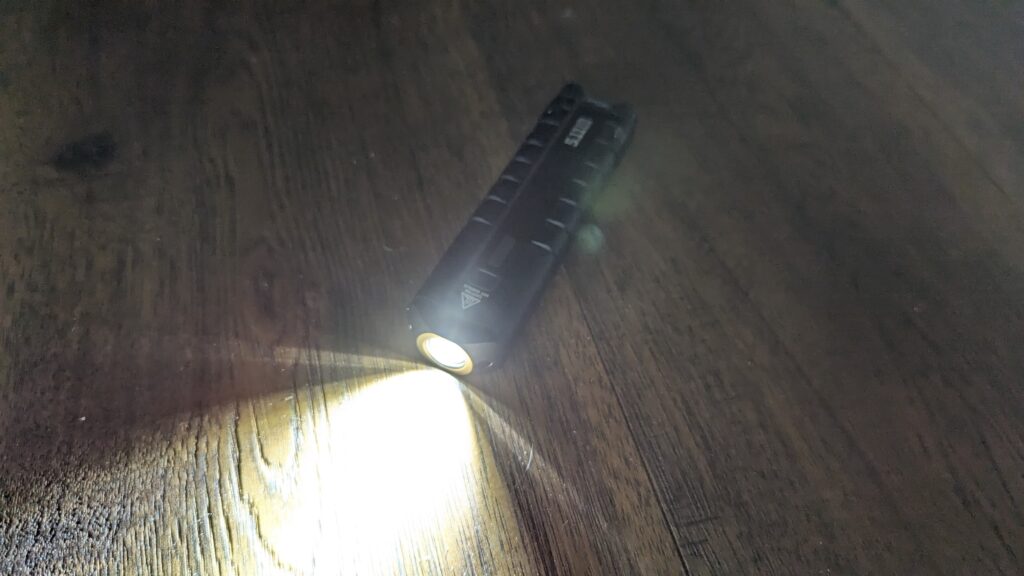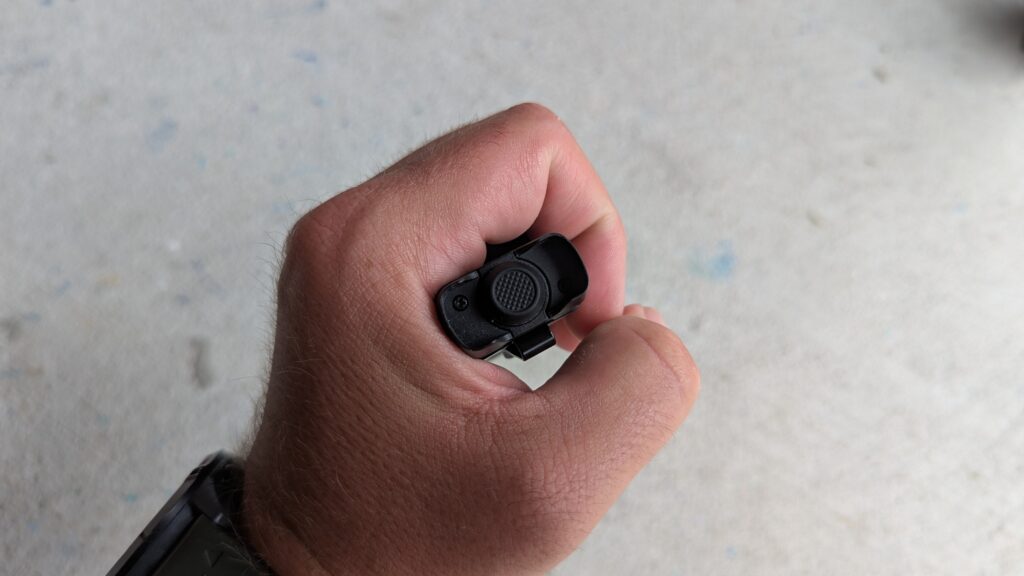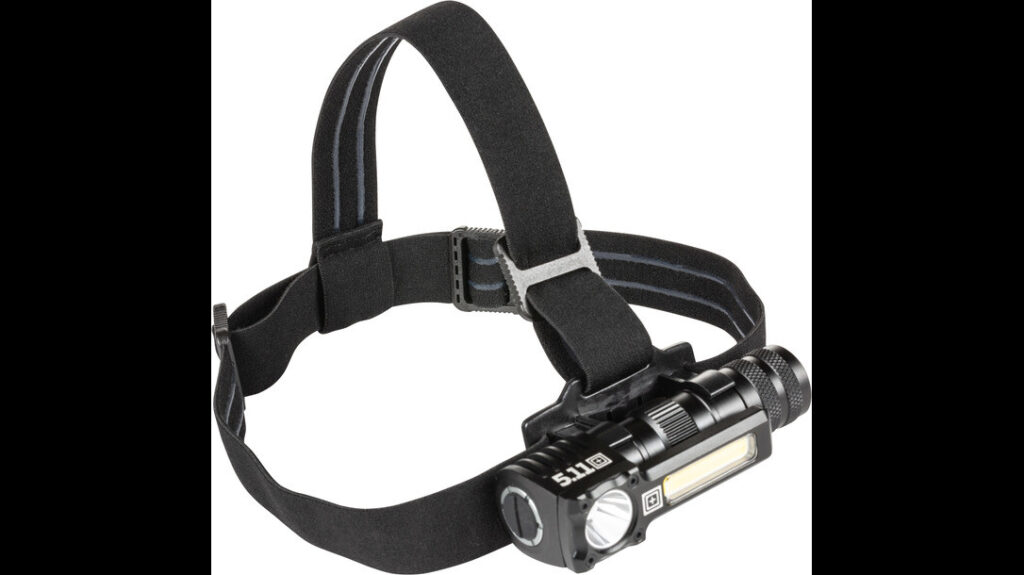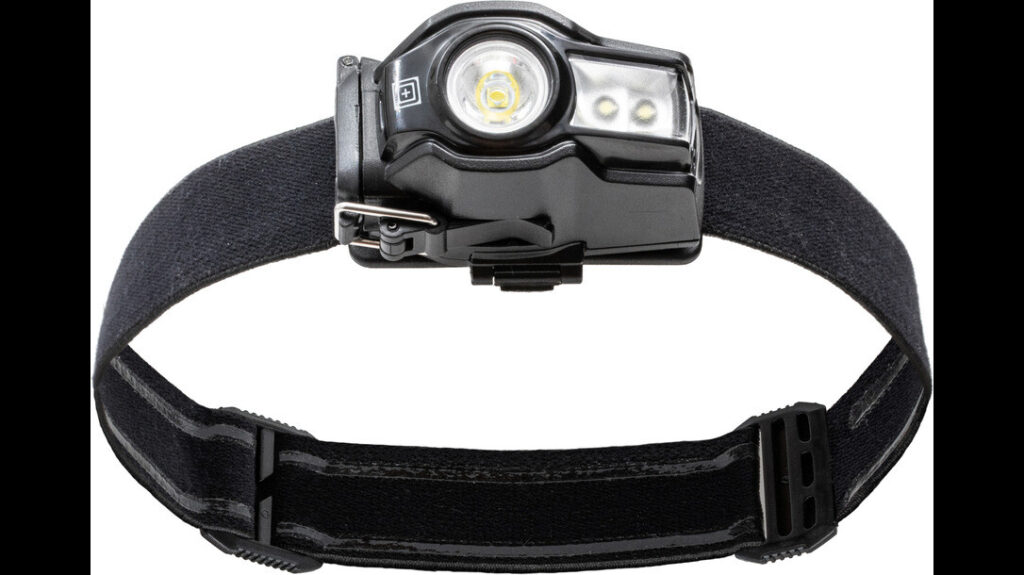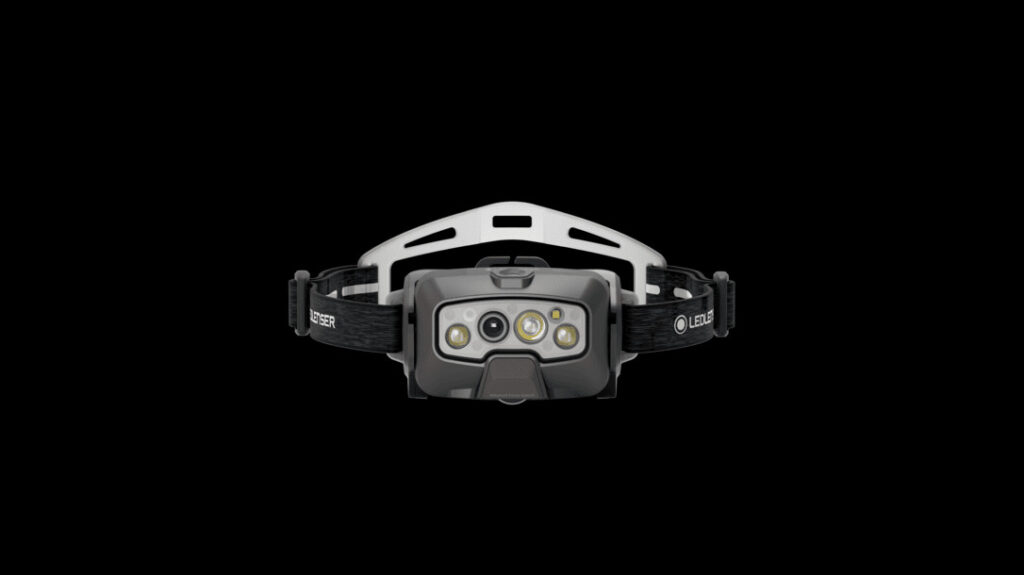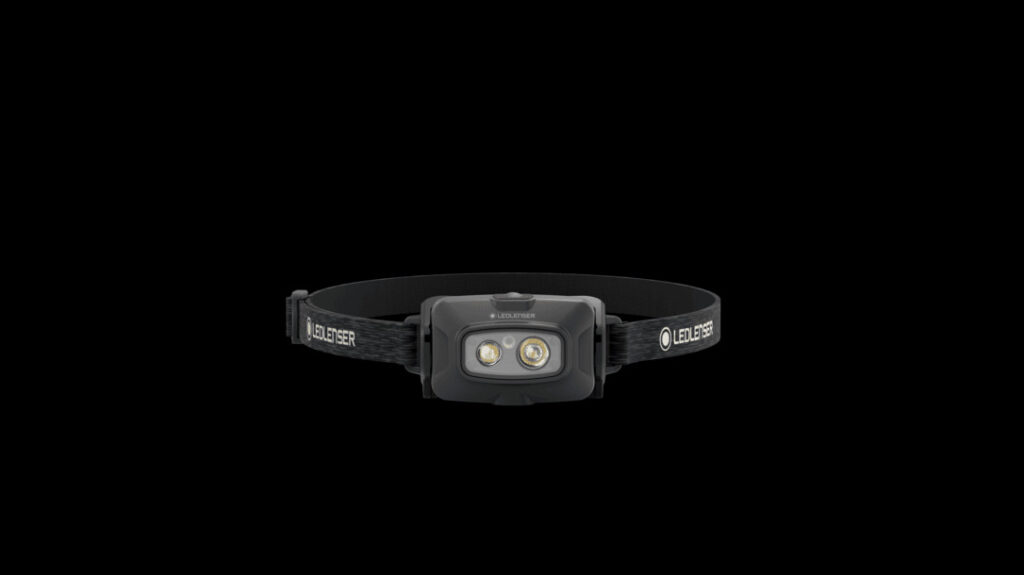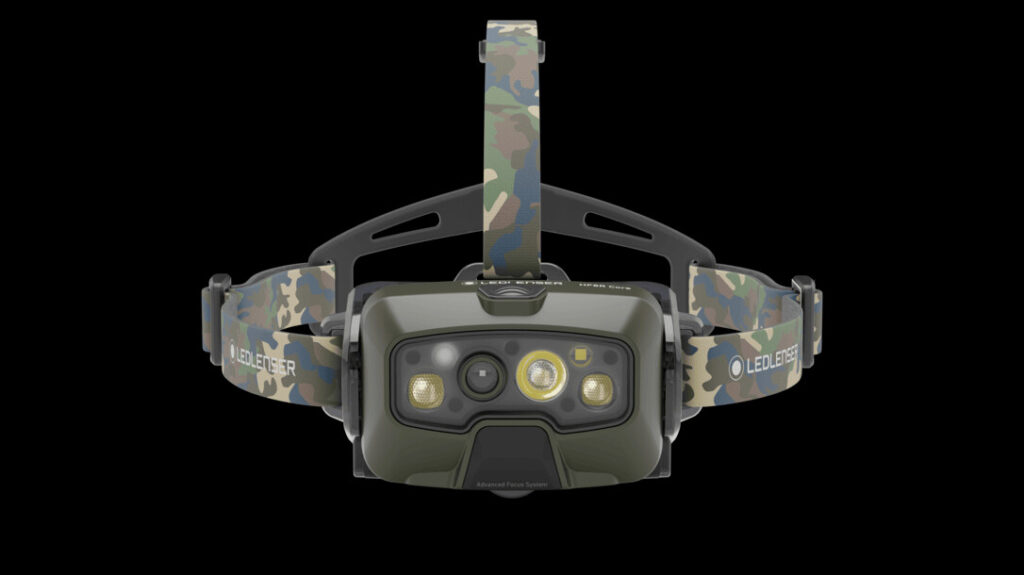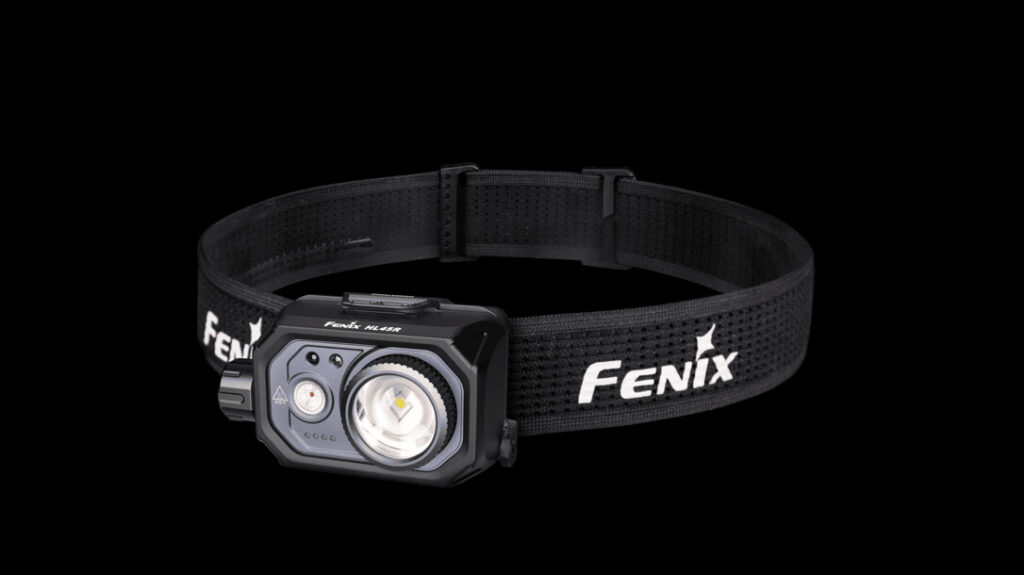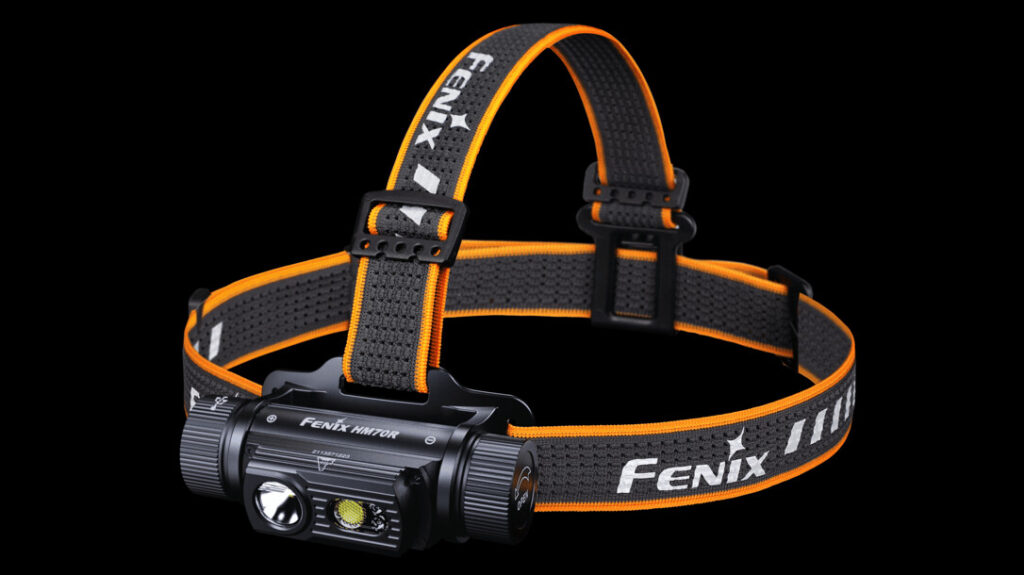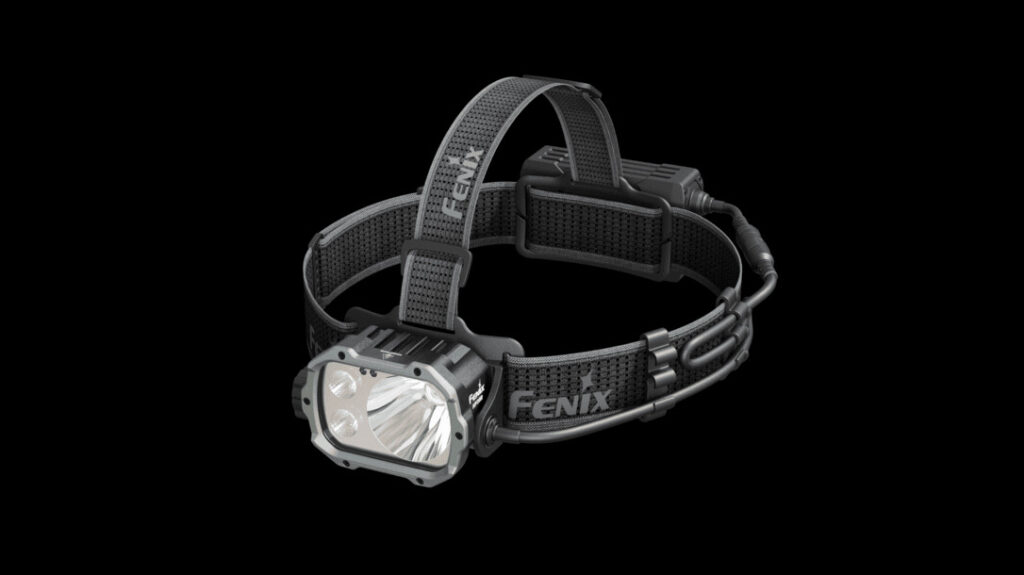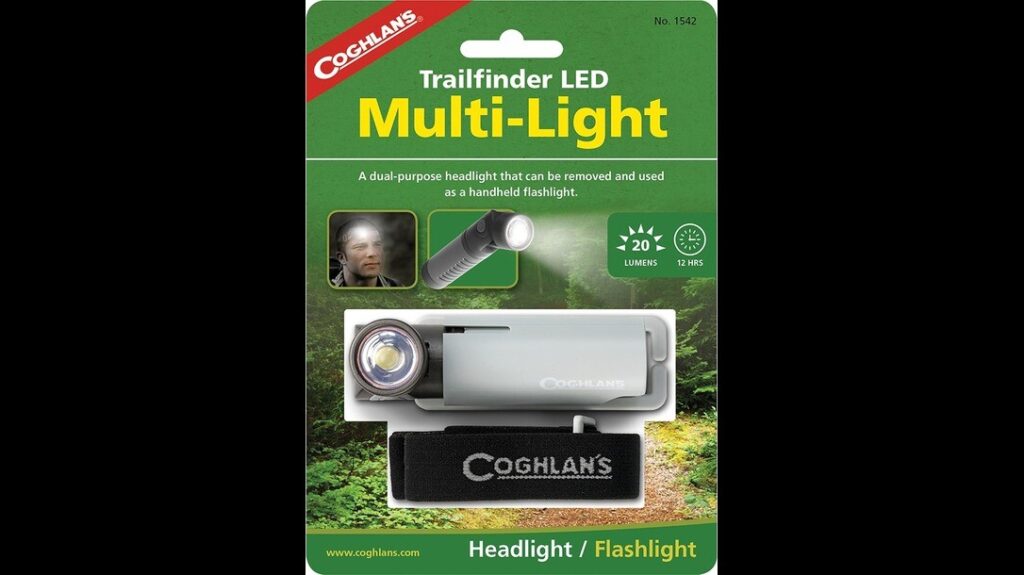I imagine that everyone is familiar with Glock’s polymer mags with the metal lining. They work great, but some folks put their trust in steel. If you’re one of them, you may want to check out Mec-Gar’s new 18-round Glock magazines.
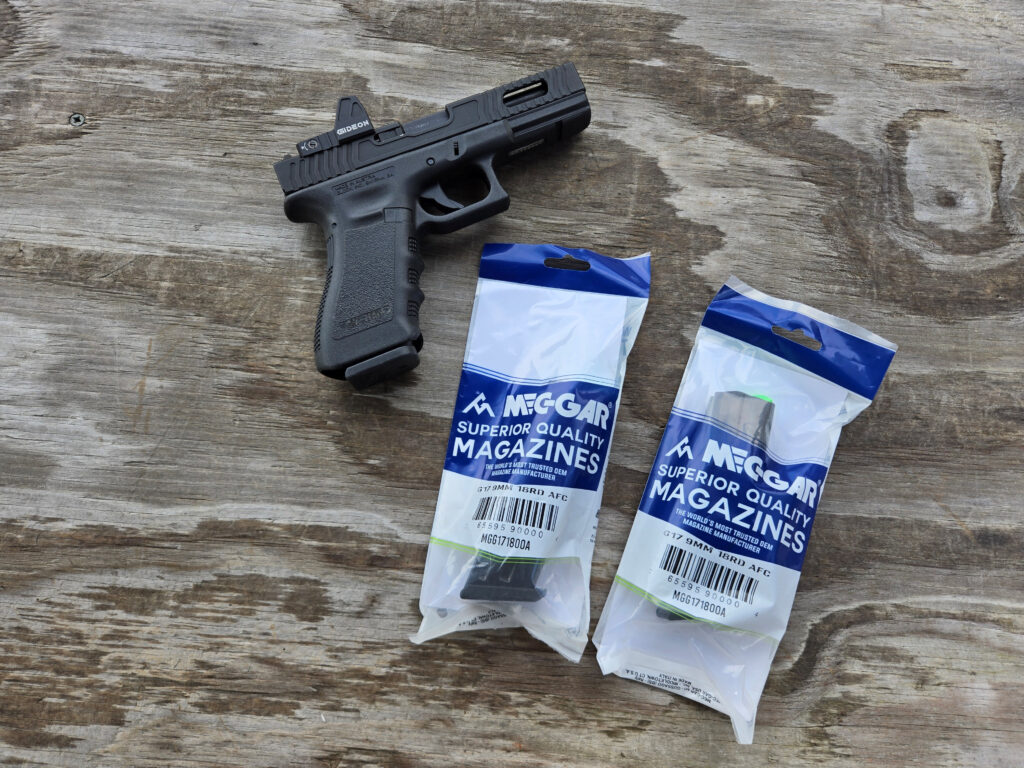
Mec-Gar Glock 17 18rd Magazine
The Italian firm of Mec-Gar has been making magazines since 1965. In fact they make a lot of the OEM magazines for major gun companies. Many folks only advise using factory mags for reliability. Well, Mec-Gar is the company that makes many of those “factory” mags. They also supply military magazines to a number of countries.
Point being, if you’re hesitant about buying aftermarket magazines, Mec-Gar isn’t exactly aftermarket.

Mec-Gar is making three different versions of their Glock mag. Currently, they’re available in 9mm and based on a Glock 17-length body. They’re made from heat-treated carbon steel, with an anti-friction black coating. They use a high-visibility bright green high-impact polymer follower and a high-tensile music wire spring. The baseplate is also made from high-impact polymer.
They are not compatible with standard Glock floor plates. The Mec-Gar mags will work with most guns that accept Glock mags, although they do note that they will not work with a Glock 19X.
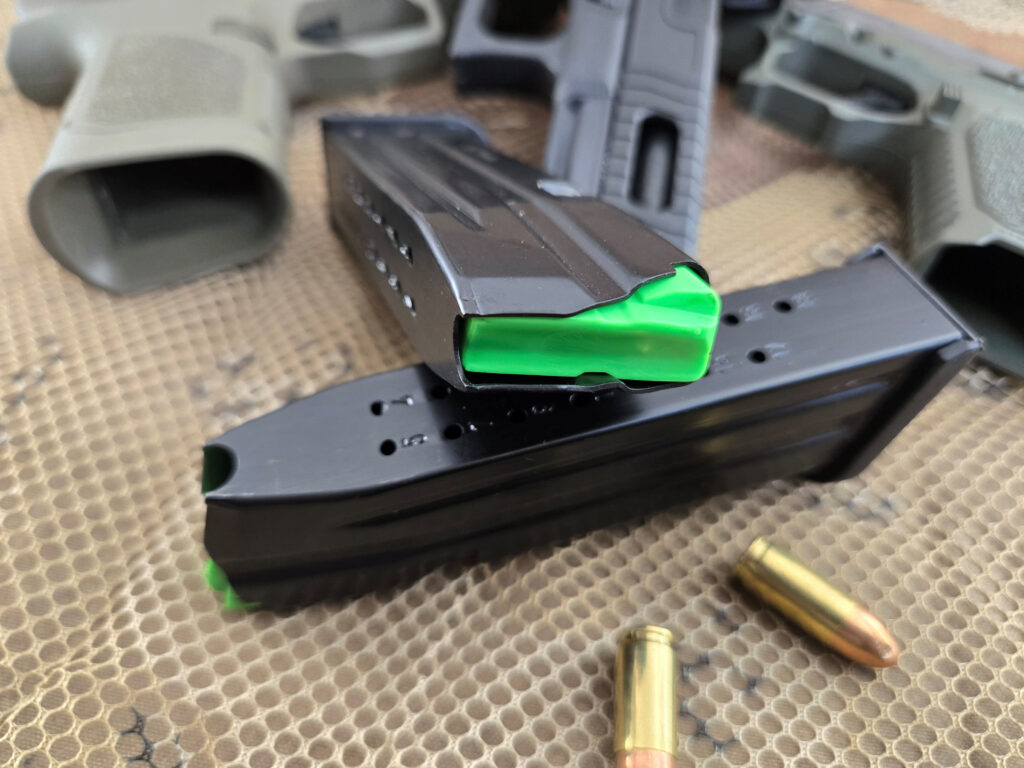
Capacity is 18 rounds for the Glock 17 and Glock 19 models, and there’s also a 10-round version for ban states. With the standard capacity magazine, you pick up one extra round over a factory Glock magazine, and they still fit plush with the grip. The Glock 19 version is the same length as the other mags but features a high-impact polymer shroud to match the shorter Glock 19 grip.
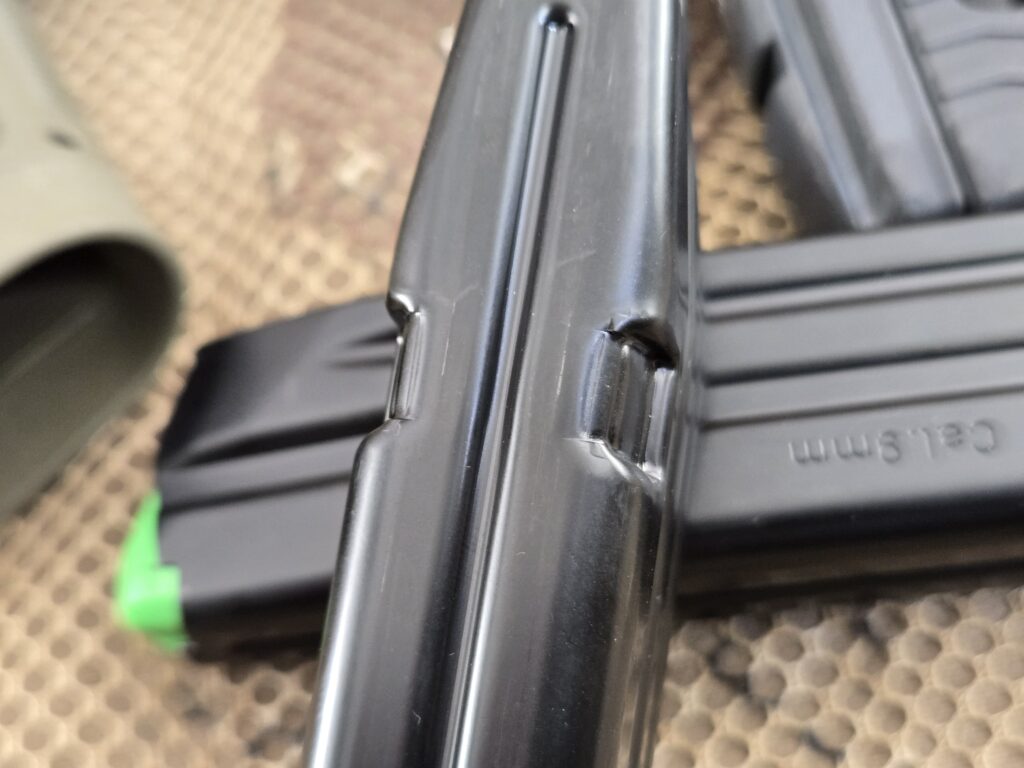
The Mec-Gar mags feature dual magazine cutouts so that they’re compatible with any generation Glock. Another unique feature of this magazine is that, unlike other steel Glock mags, you don’t have to replace your factory magazine release. Other steel mags have sharp edges that wear down the polymer mag releases that Glocks come standard with. Generally, you need to replace those with aluminum ones if you want to use a steel mag. Mec-Gar has managed to make a mag cutout that works with the factory mag release.
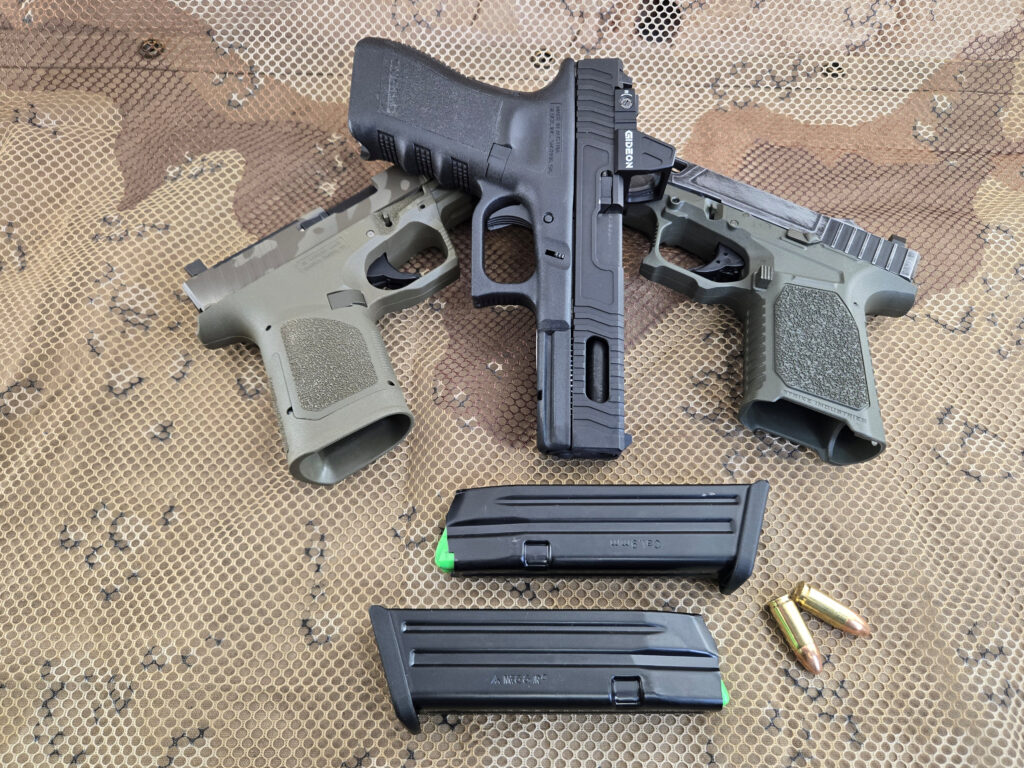
Field Testing
I had two of the Glock 17 18-round models for testing. Like all of the Mec-Gar mags I’ve used, they were solidly built with excellent fit and finish. There are no sharp edges like you sometimes get on cheap magazines.
The dual-side mag release cutout was interesting. Rather than an actual cut, it’s an indentation with rounded edges. That allows it to lock into whatever generation Glock you’re using, and with the right side mag release button. The rounded edges prevent the factory plastic mag release from wearing down.
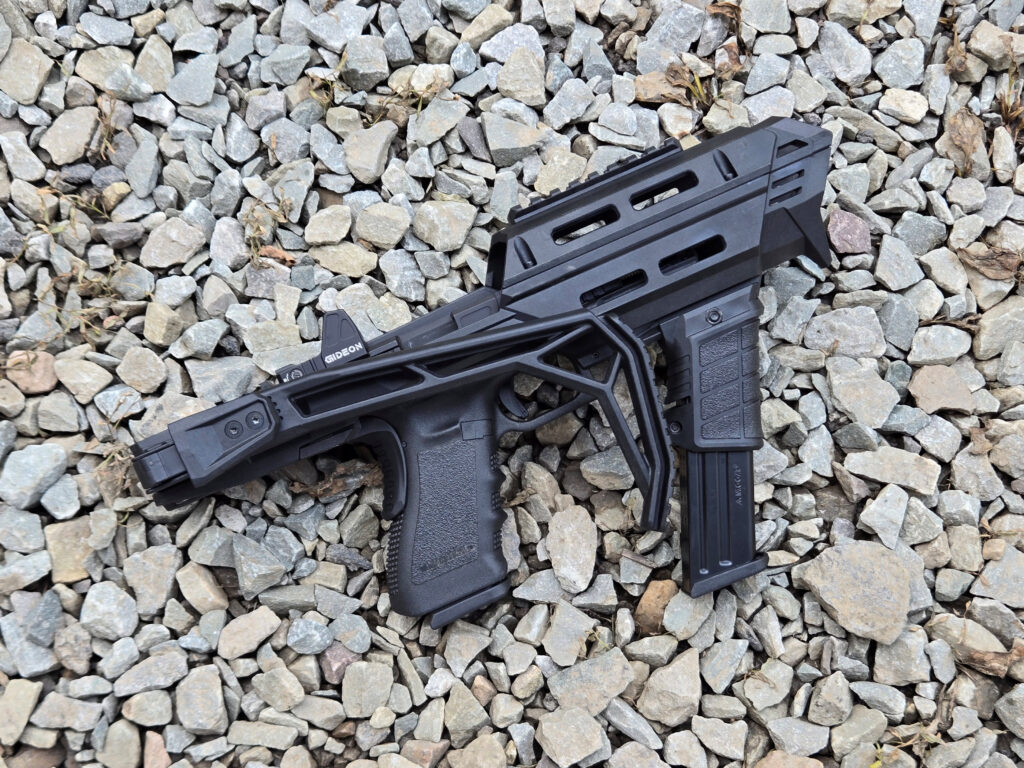
I tried the mags in my Gen 3 Glock 17 in pistol mode as well as in the FAB Defense AMP carbine conversion kit. My Glock is SBR’d. I also used it with a Glock 45, which is my current duty gun. For some variety, I also tried it in an SCT Glock 17 and 19 frame, a similar old Strike Industries 80% frame, two Polymer 80 full-sized frames, and an 80% Arms GST-9 frame.
Reliability
Reliability was 100% with a variety of ball and hollow point ammunition. That didn’t surprise me because I’ve been using Mec-Gar mags in my Beretta M9 for years, and have them for a few other guns as well. I’ve always had good luck with them. The mags locked in solid and dropped free in all of the guns, with two exceptions.
On my Gen 3 gun, one mag locked in fine, the other would lock in but could be pulled free, or would pop loose under recoil. I was initially concerned about this until I tested the mag in my other guns. This is the only one that it happens with.
In fairness, that’s my oldest Glock, and the mag release was likely already worn before I ever started using the Mec-Gar mags. I think it’s worn just enough that it isn’t grabbing the rounded edge of the Mec-Gar mag cutout. There must be some slight variation between the two mags because the other one works fine in that gun.
The other problem I had was with one of my Polymer 80 frames that has a flared magazine well. The base plate is just big enough that it keeps the mag from fully seating, as it interferes with the flare on the aftermarket mag well. I suspect this may be why Mec-Gar says that the mags aren’t compatible with the 19X as well. Not all aftermarket mag wells are alike, though, so your mileage may differ.
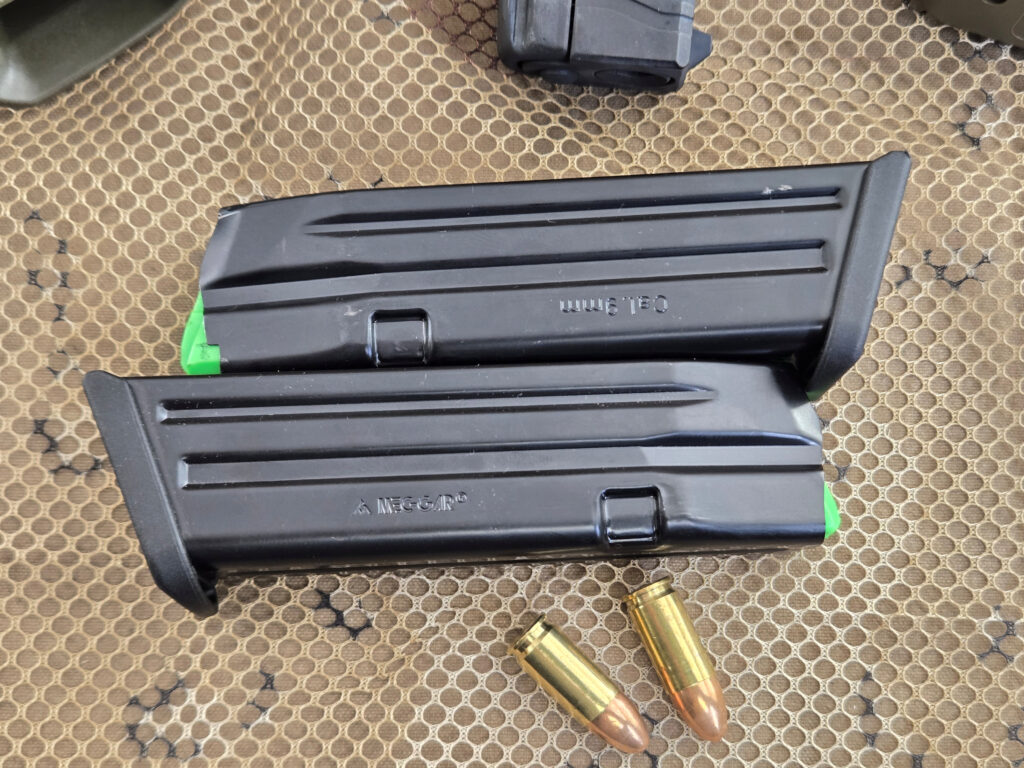
Wrap Up
If you’re a fan of steel mags, the new Mec-Gar Glock mags are right up your alley. They’re solid, well-built, and reliable. The fact that they give you one more round than a factory mag while still being flush fit doesn’t hurt either. MSRP is $29.00, which is pretty competitive with factory mags. Even better, though, is that I’m seeing street prices under $20 online. That’s a downright steal.
Currently, I carry a factory mag with a +3 extension for a 20+1 capacity in my Glock 45 for work. I carry two 17-round mags in my mag pouches for a total of 55 rounds. That’s a bunch of ammo. If I swapped out to the ec-Gars, I would still have the same 55-round ammo capacity but with a flush-fit mag in the grip instead of the extended one. Looks like I may need to buy a third Mec-Gar Glock mag now.
For more information on Mec-Gar’s Glock mags or other products, check out their website at Mec-Gar.com.

